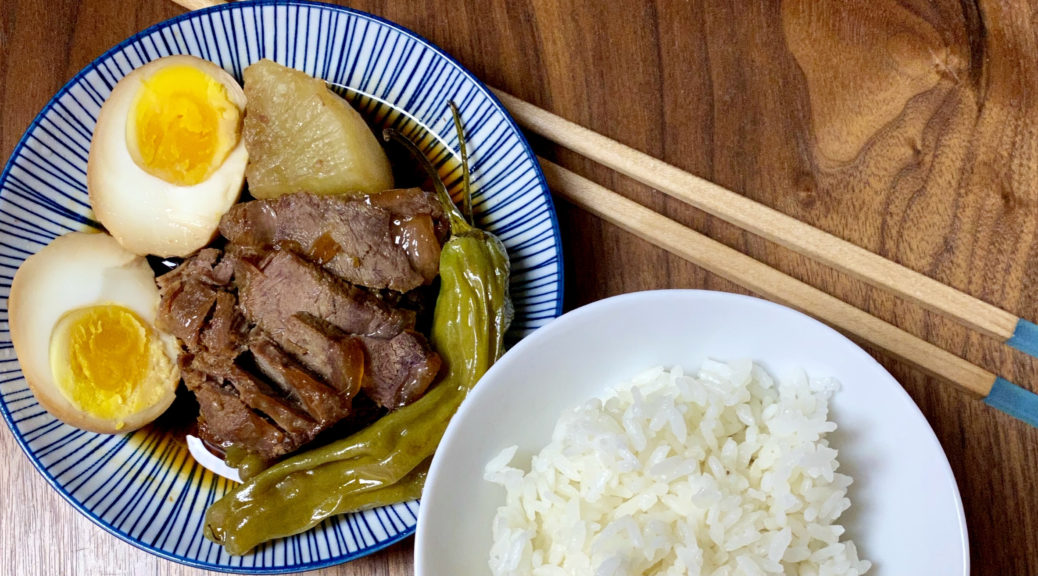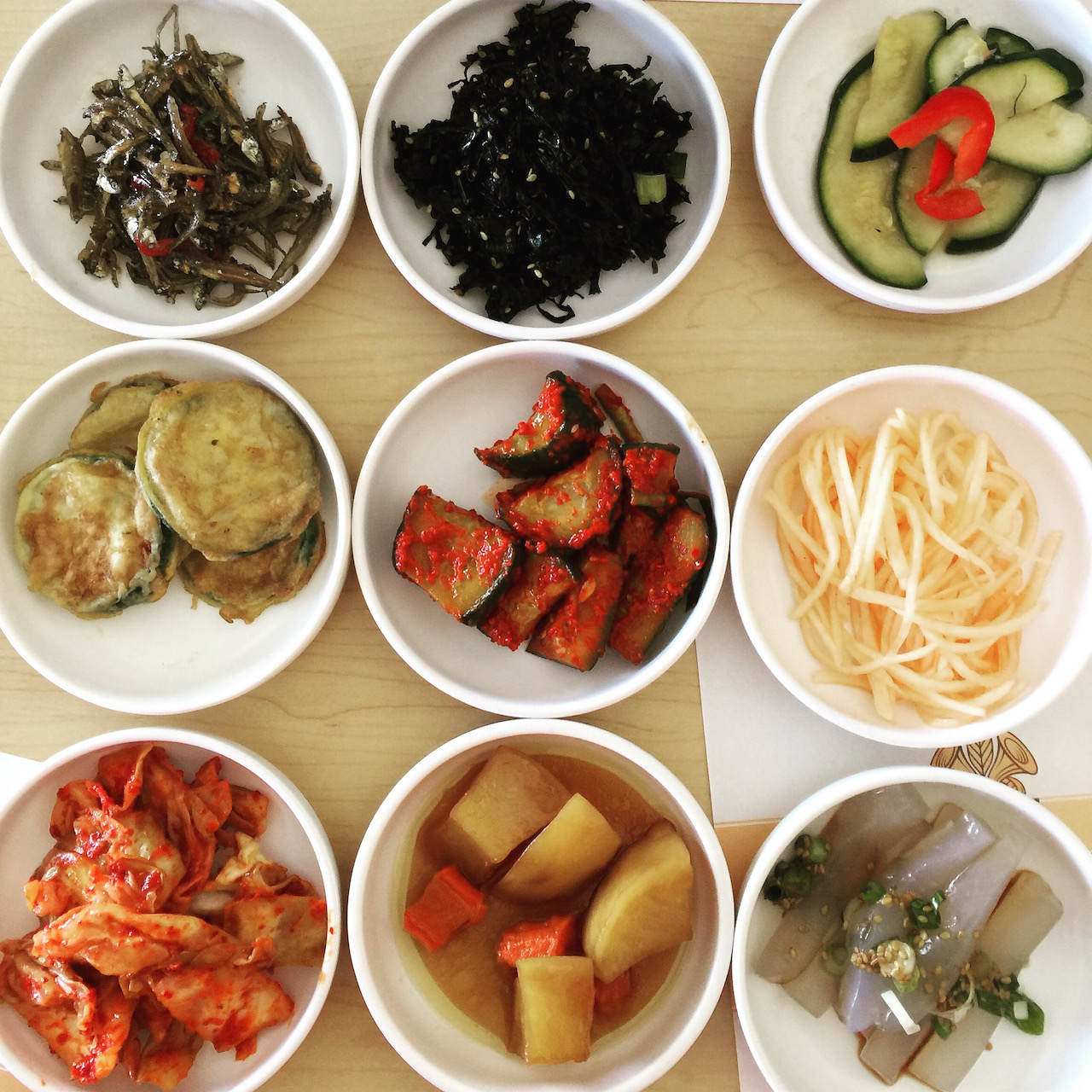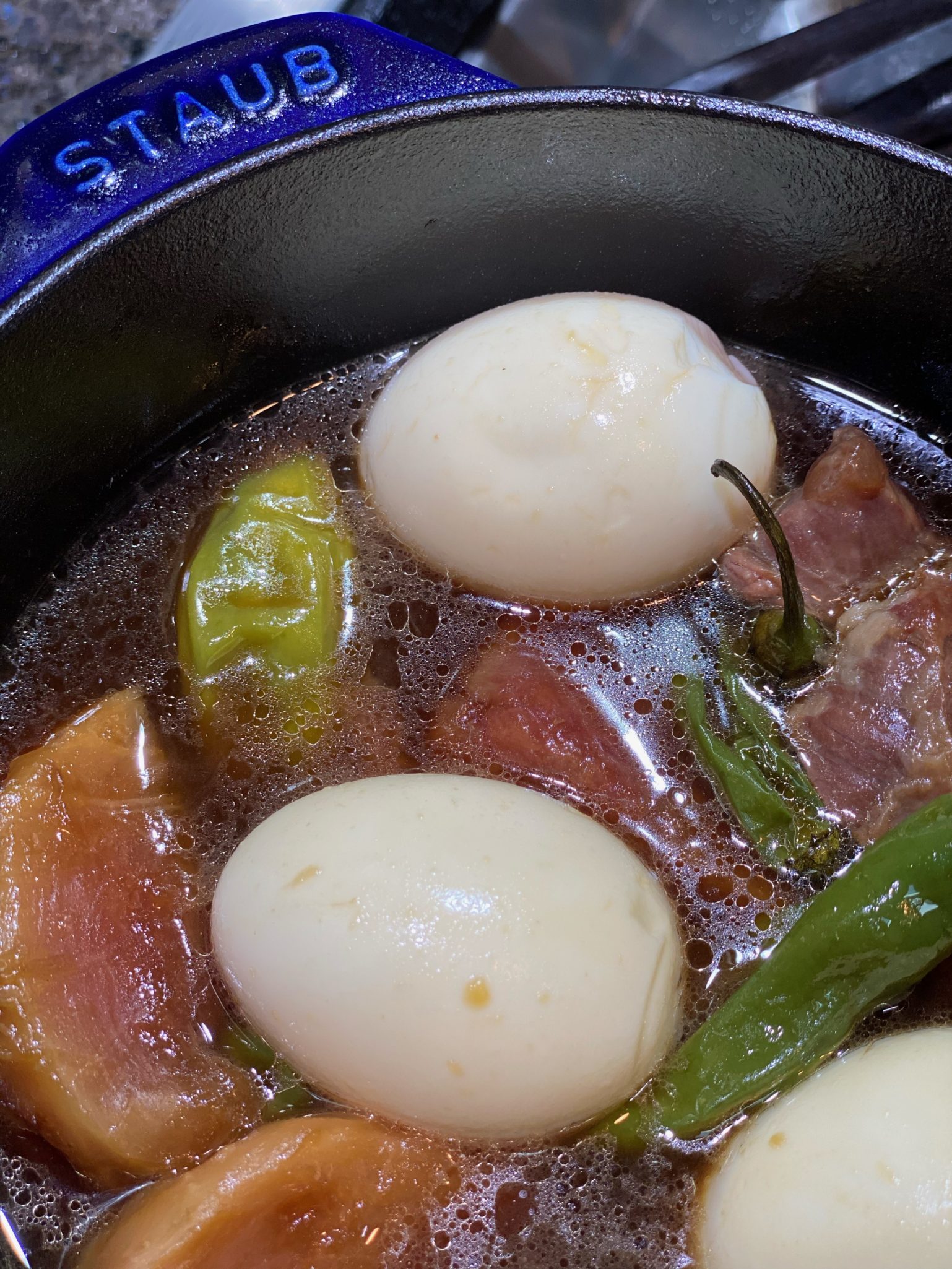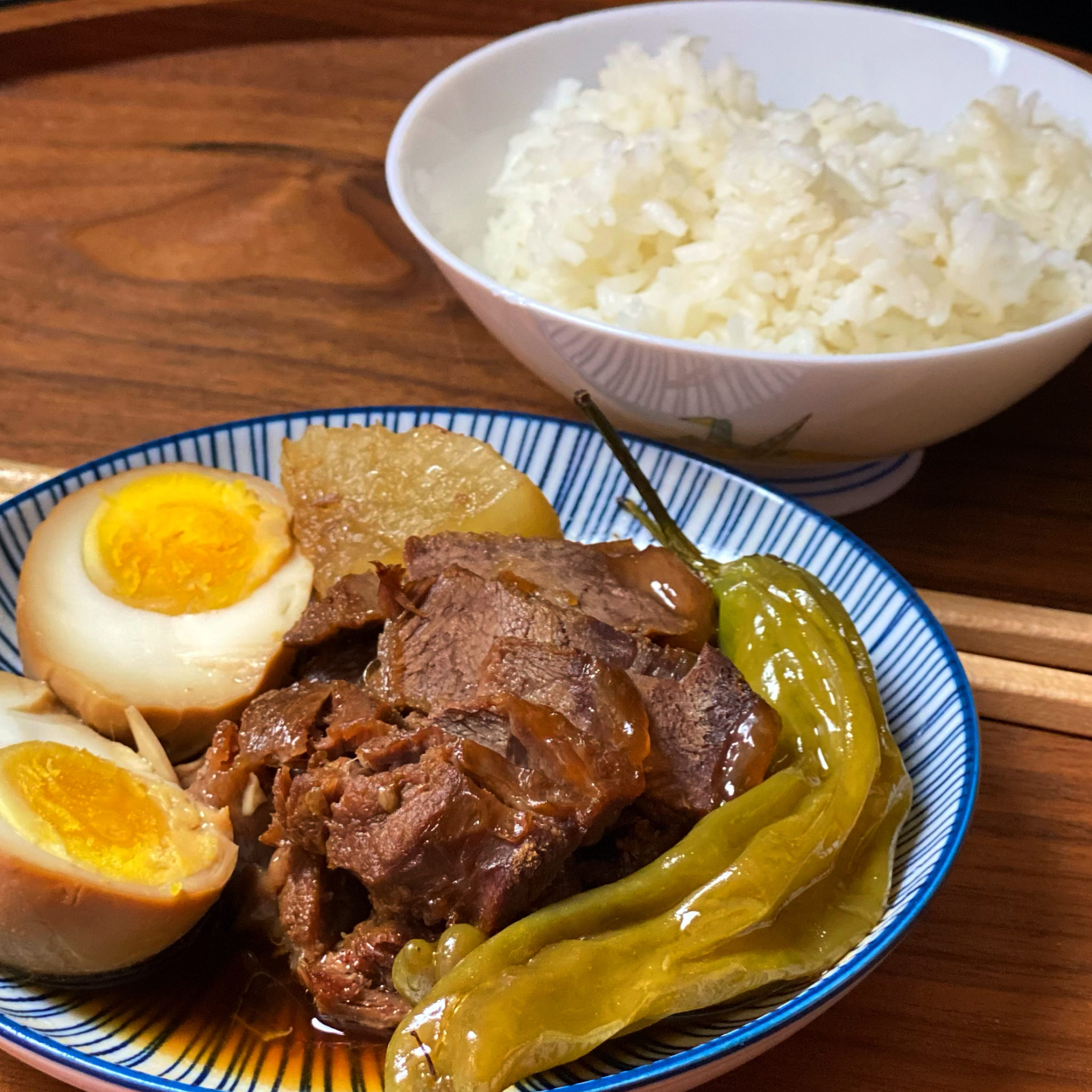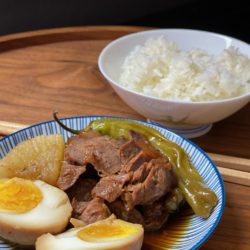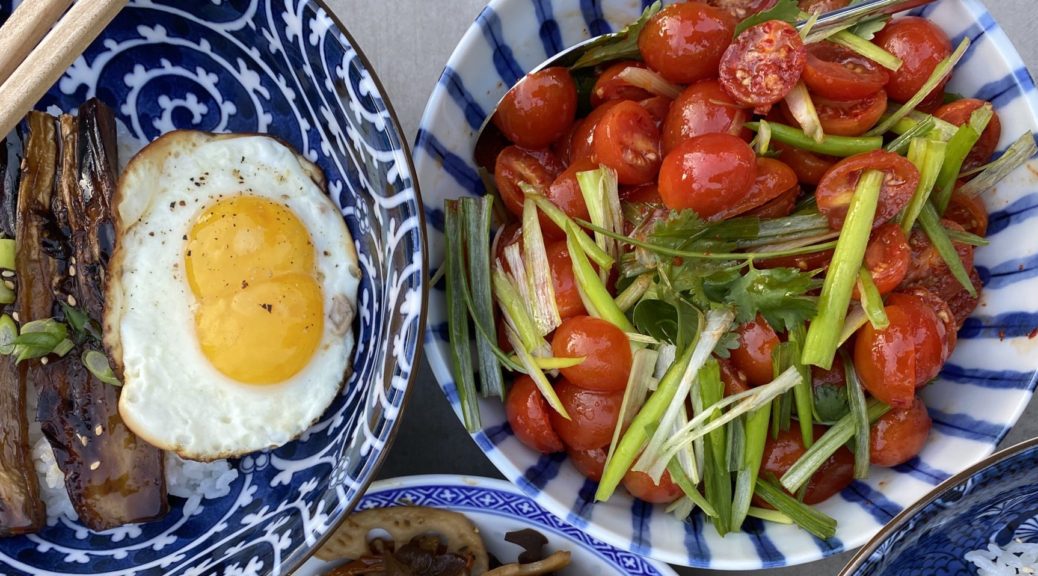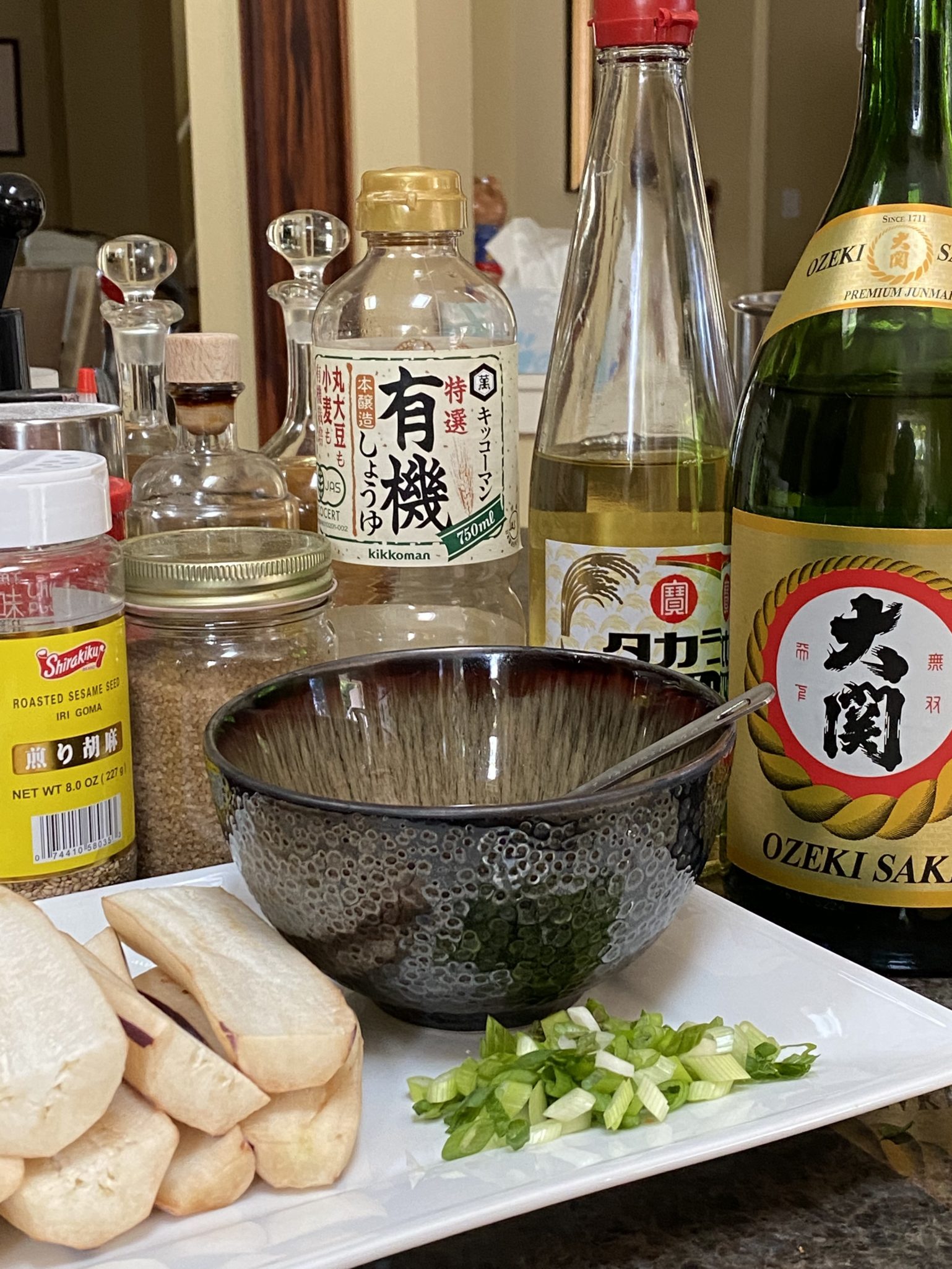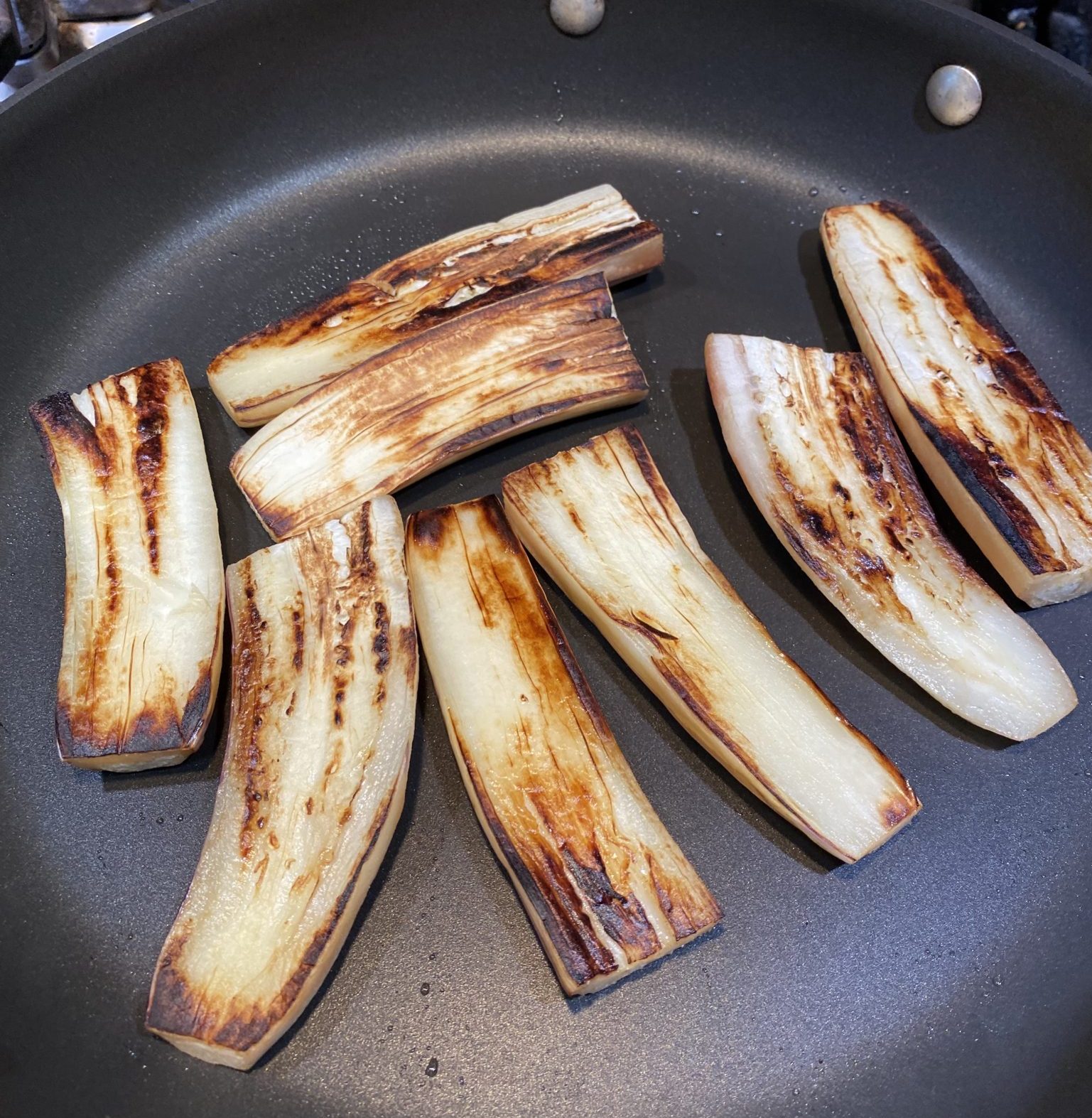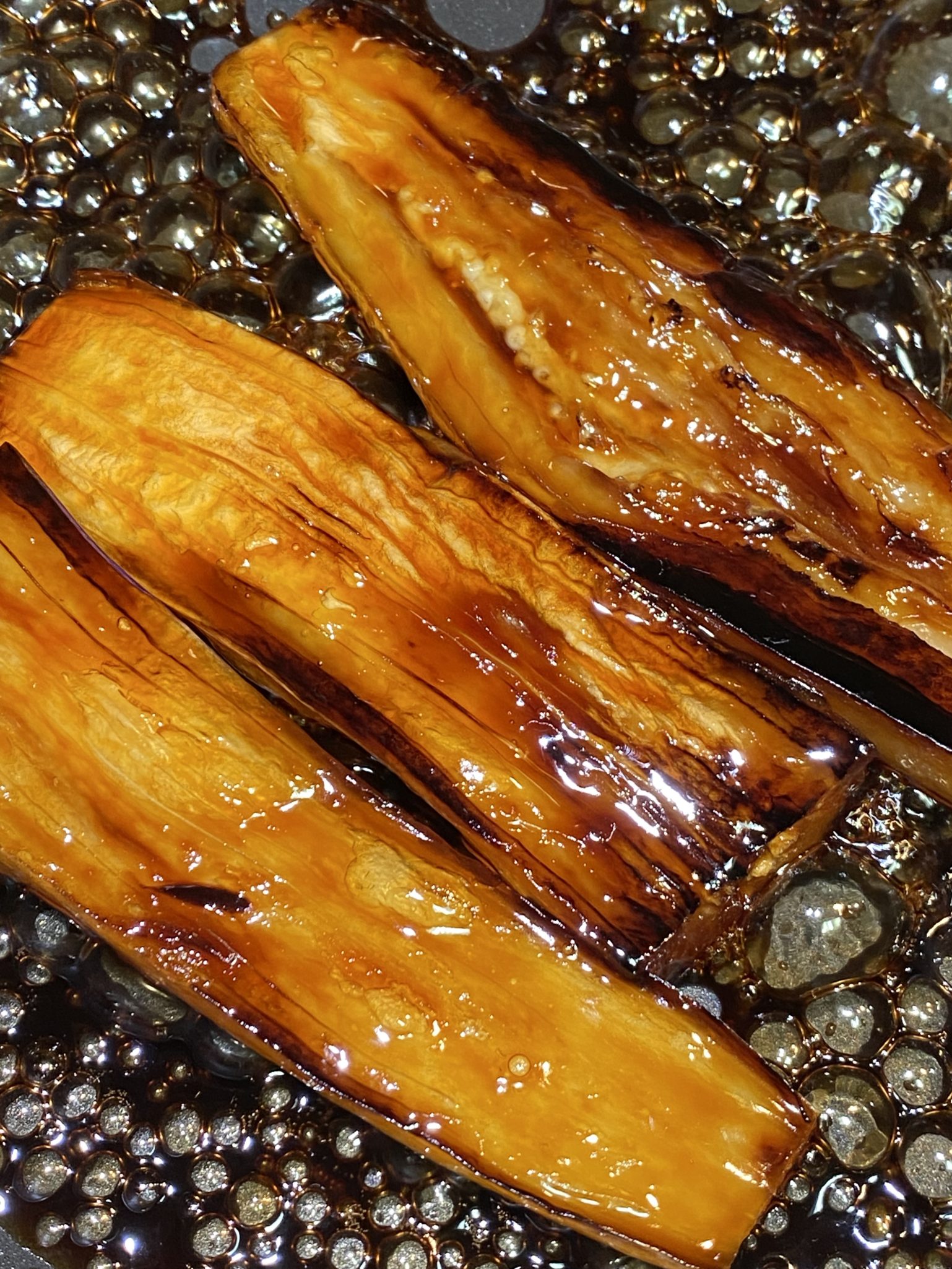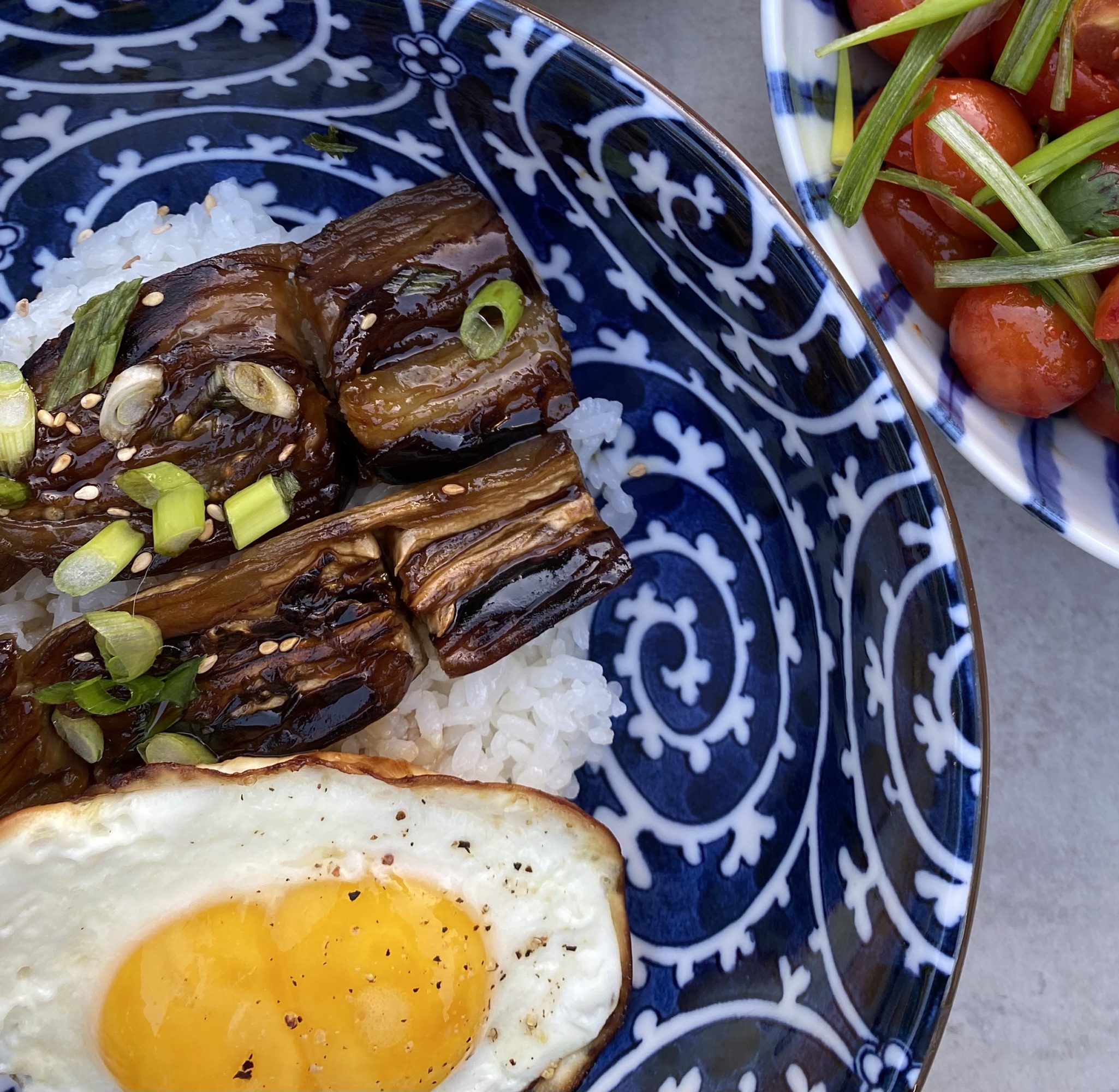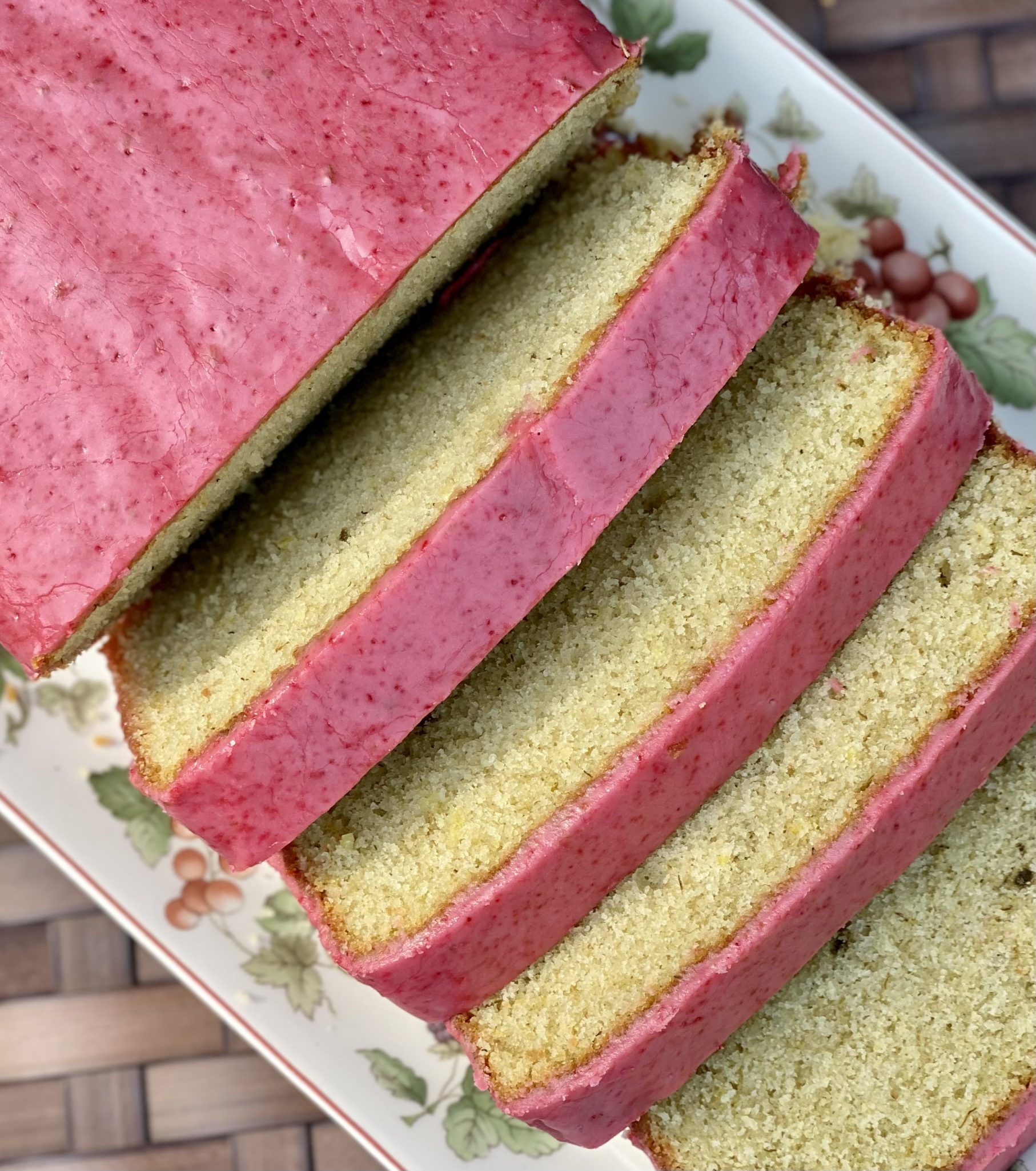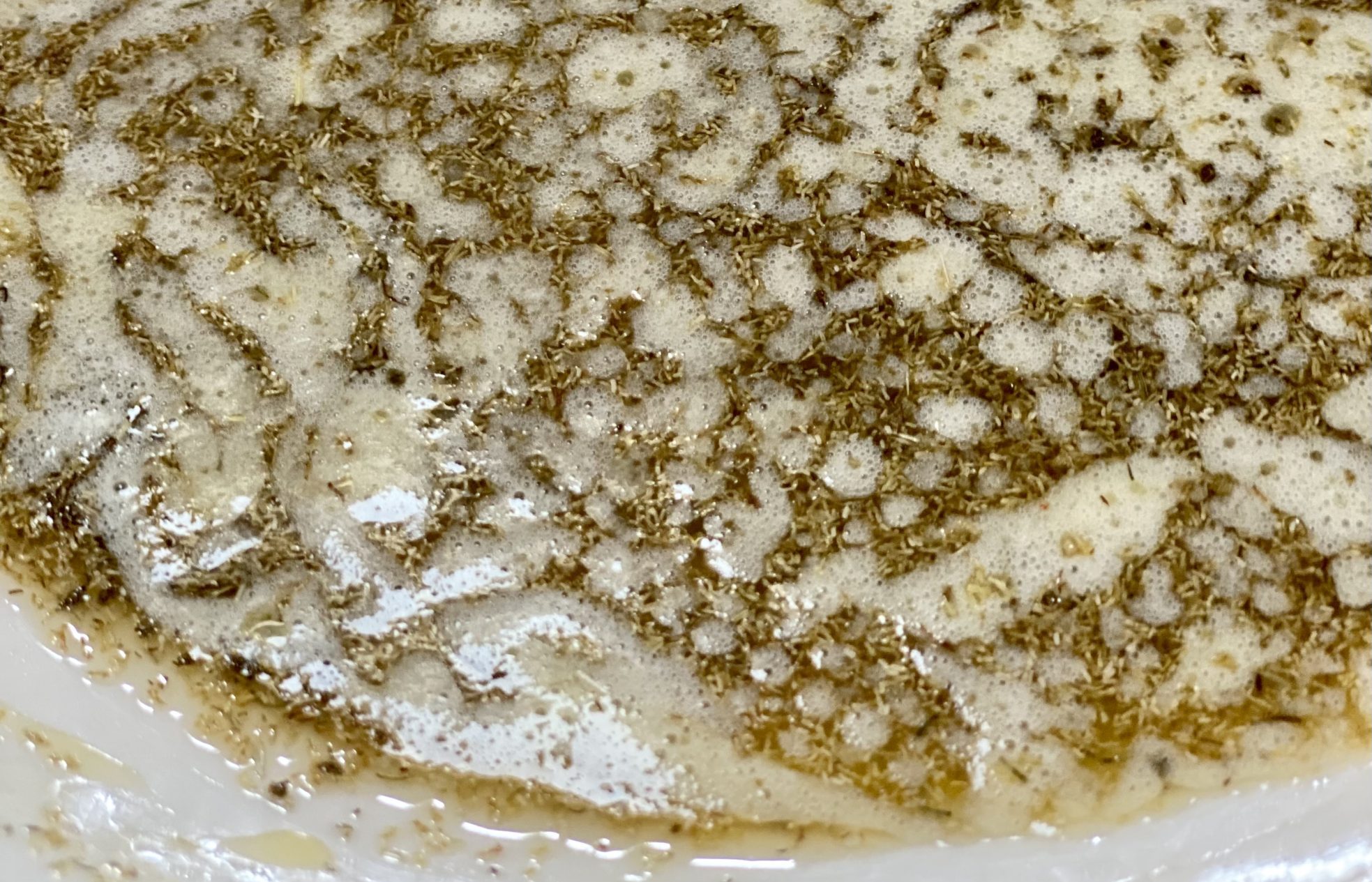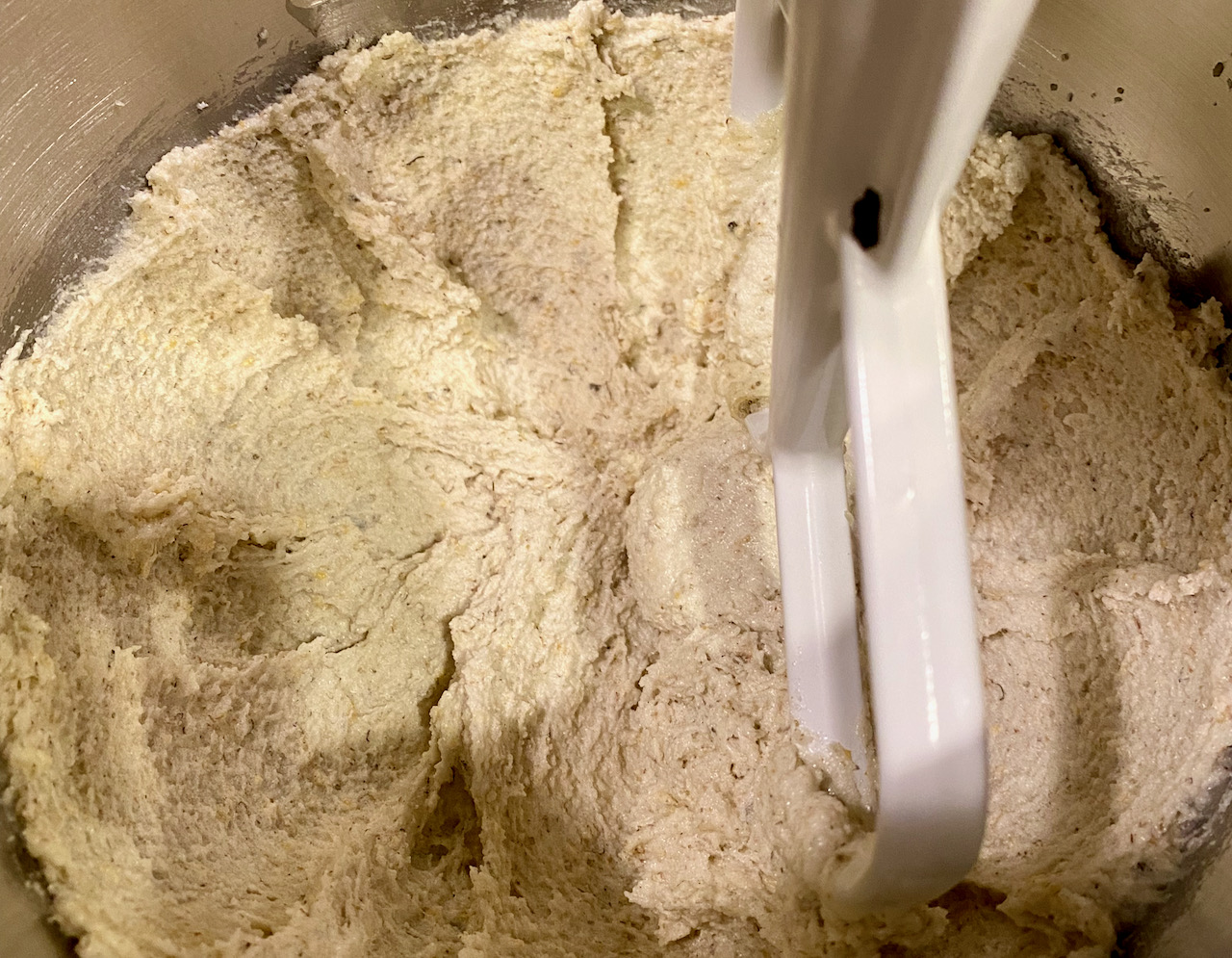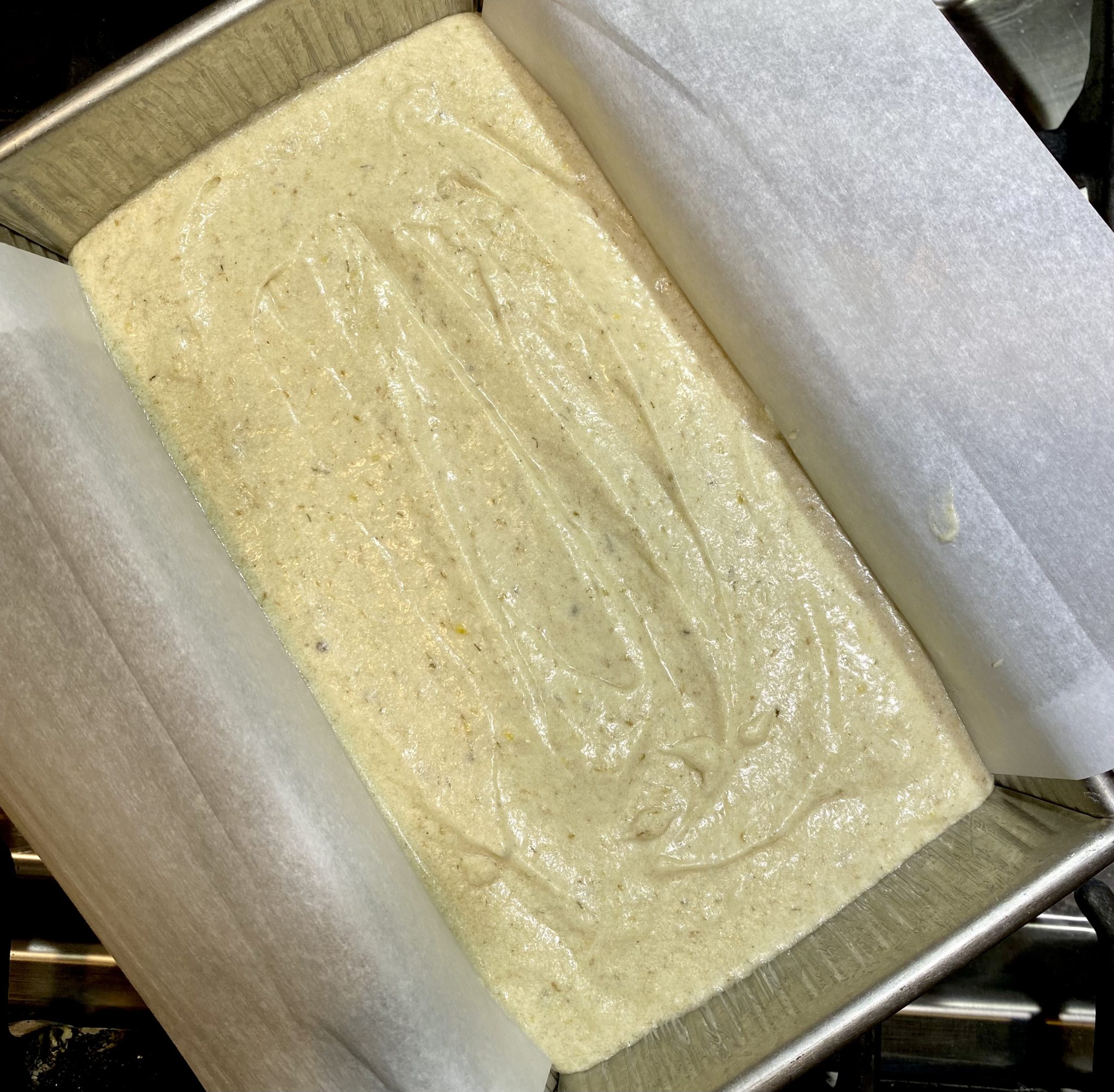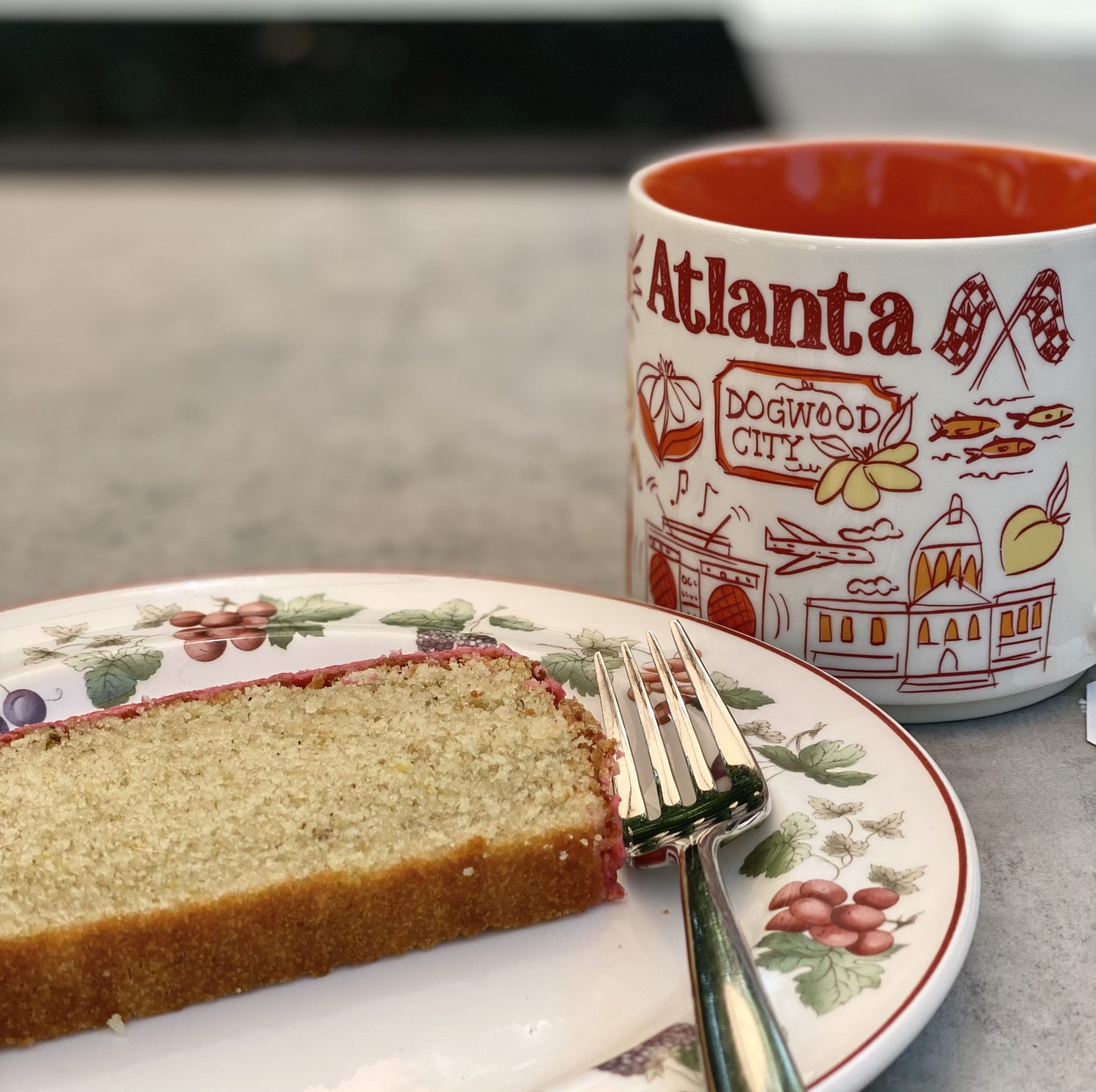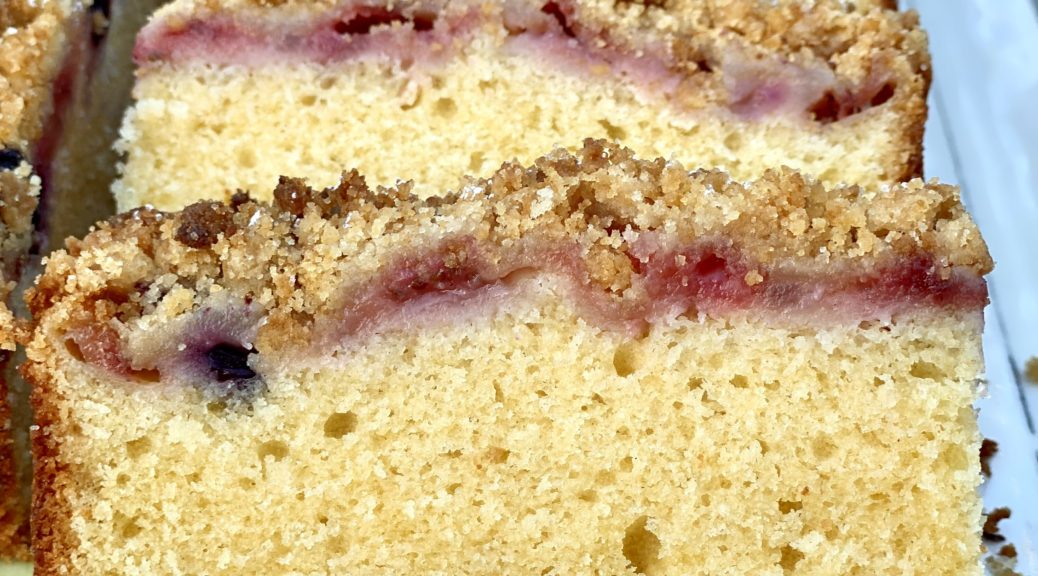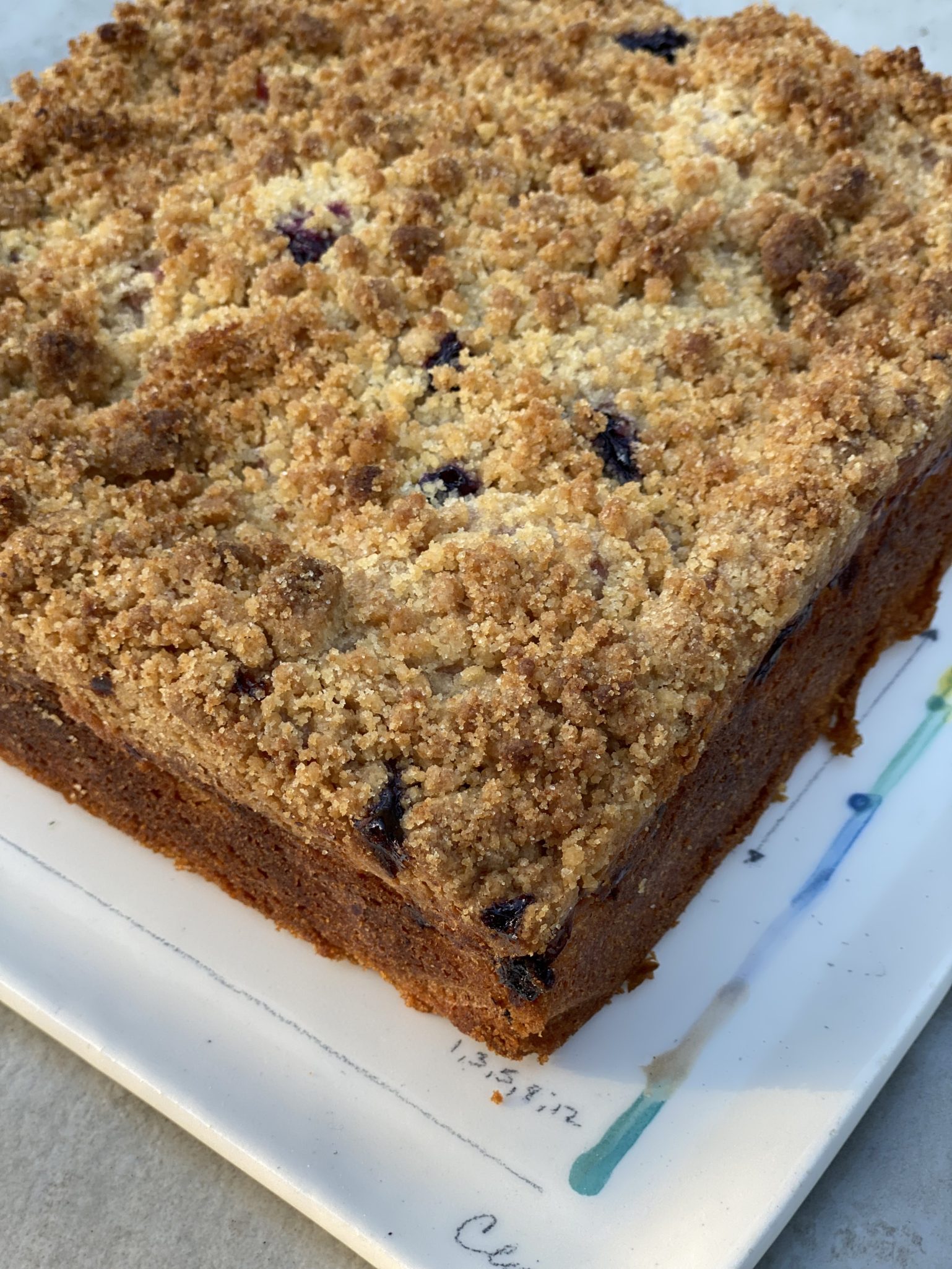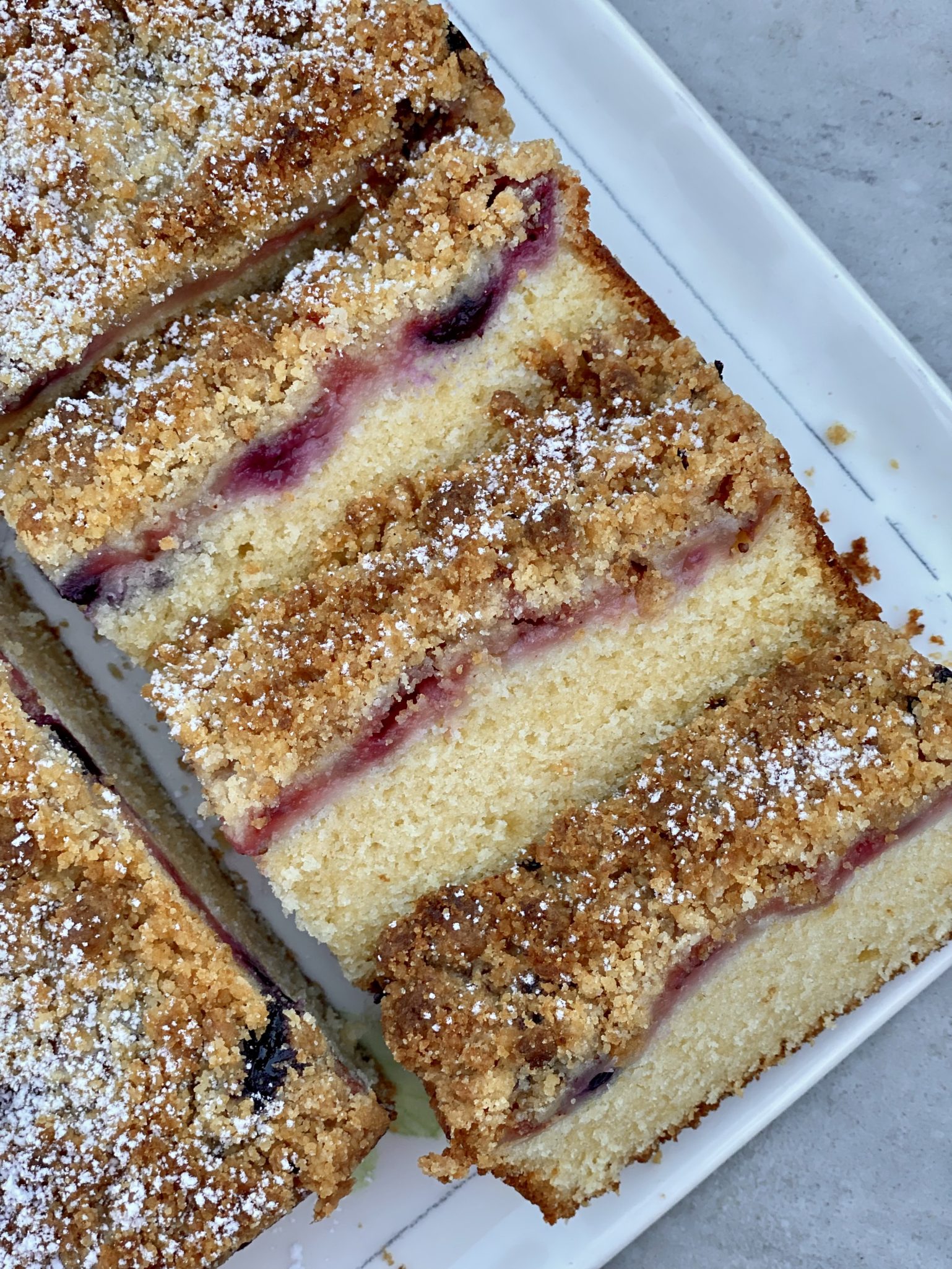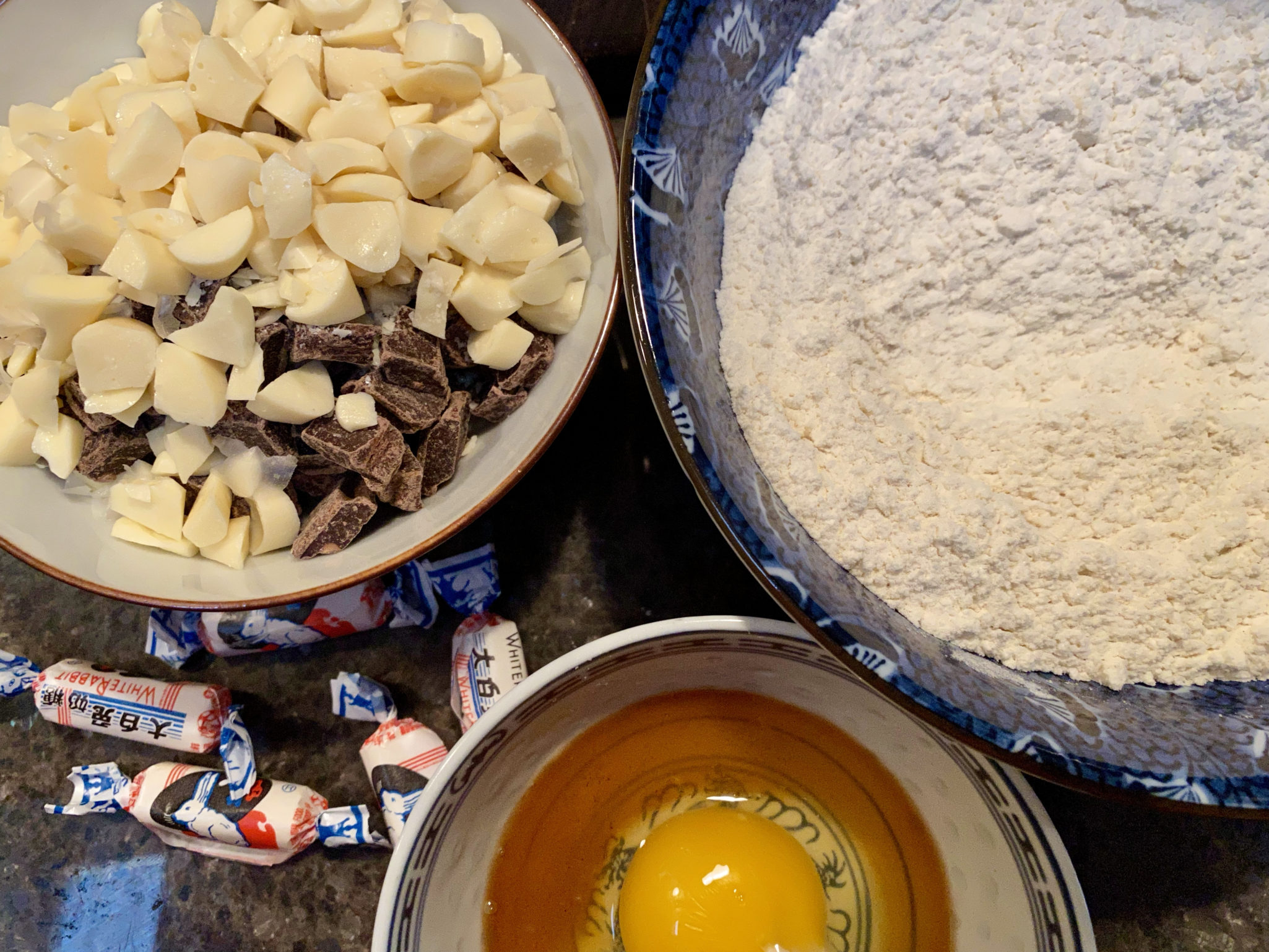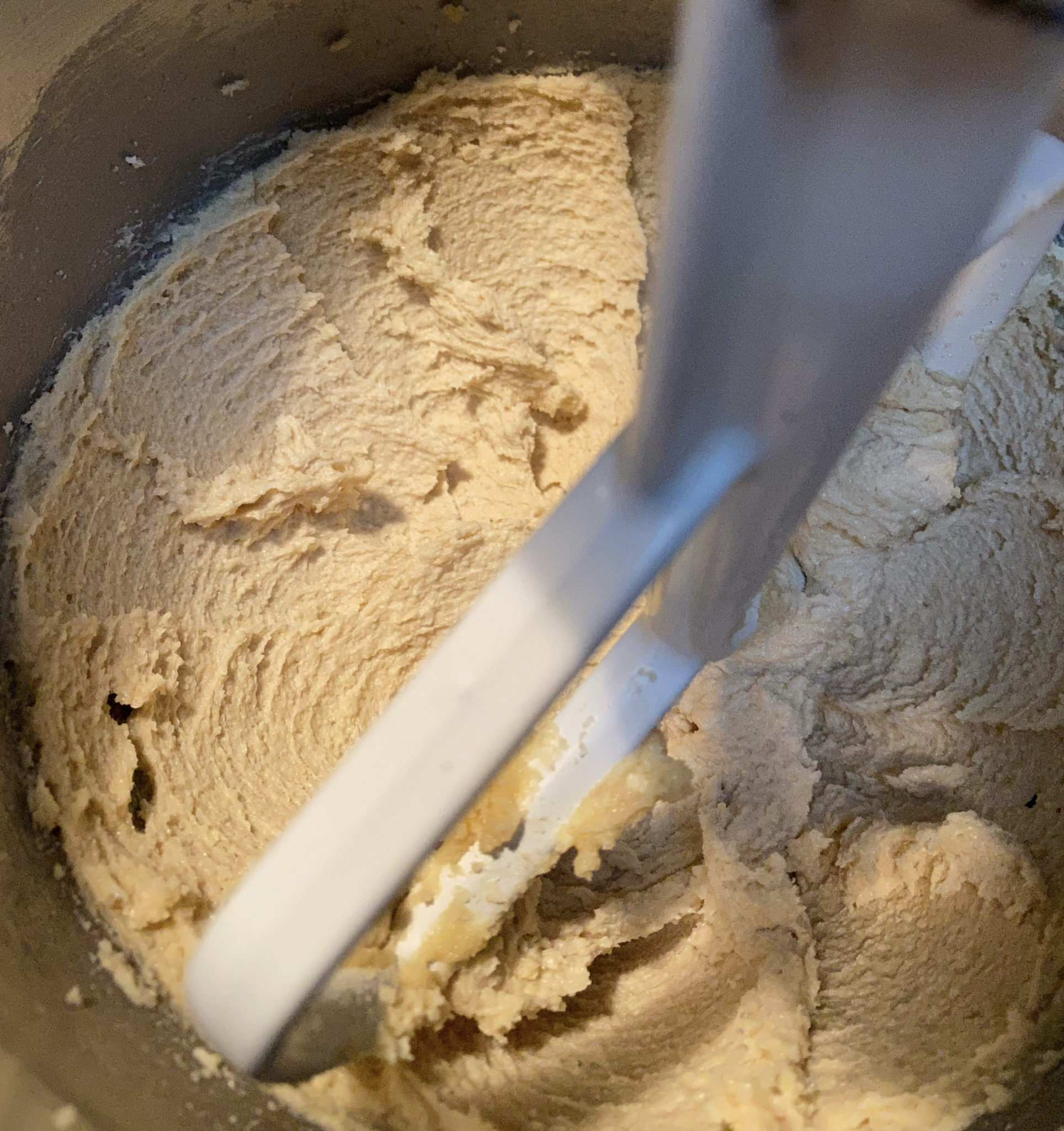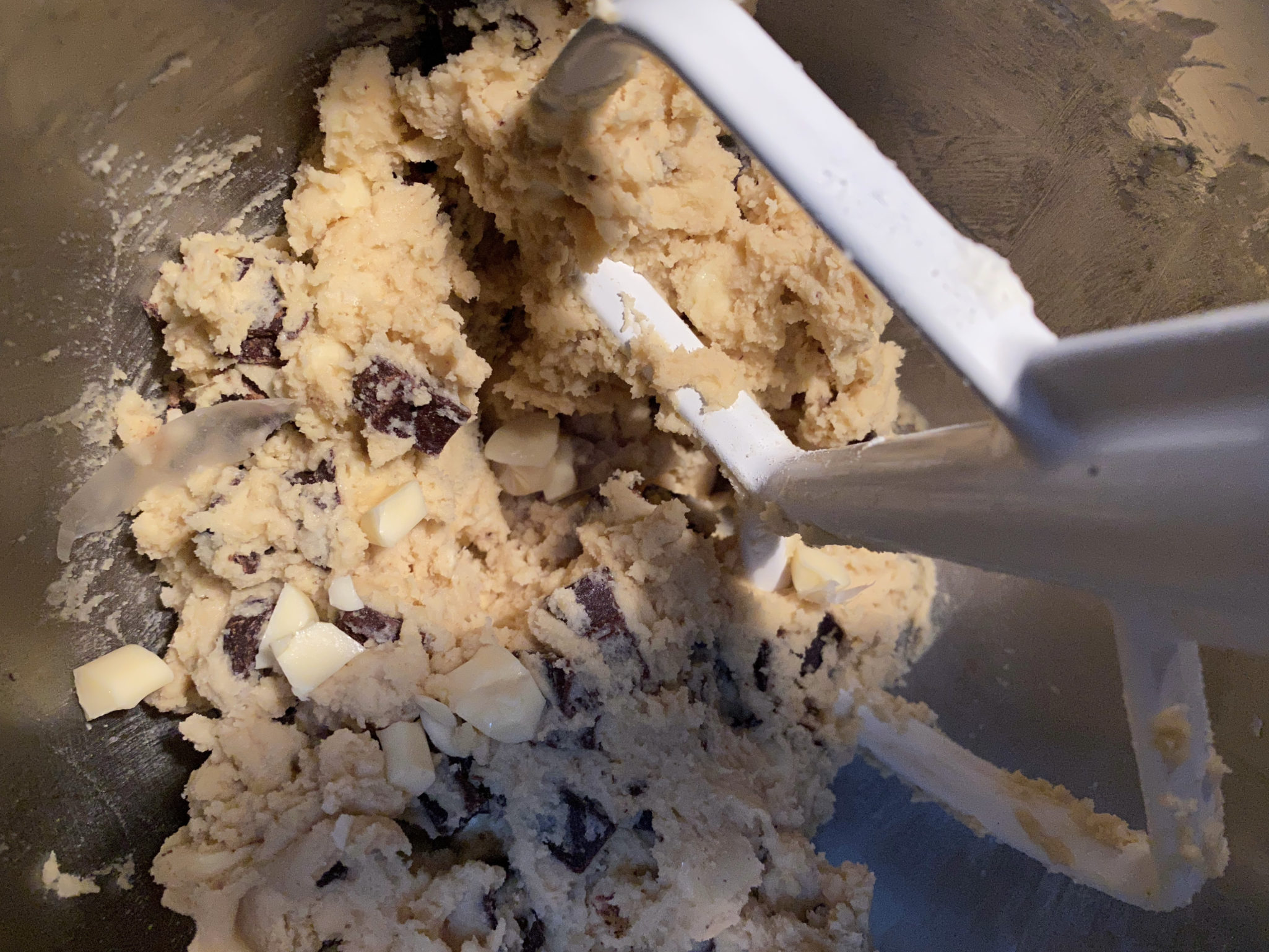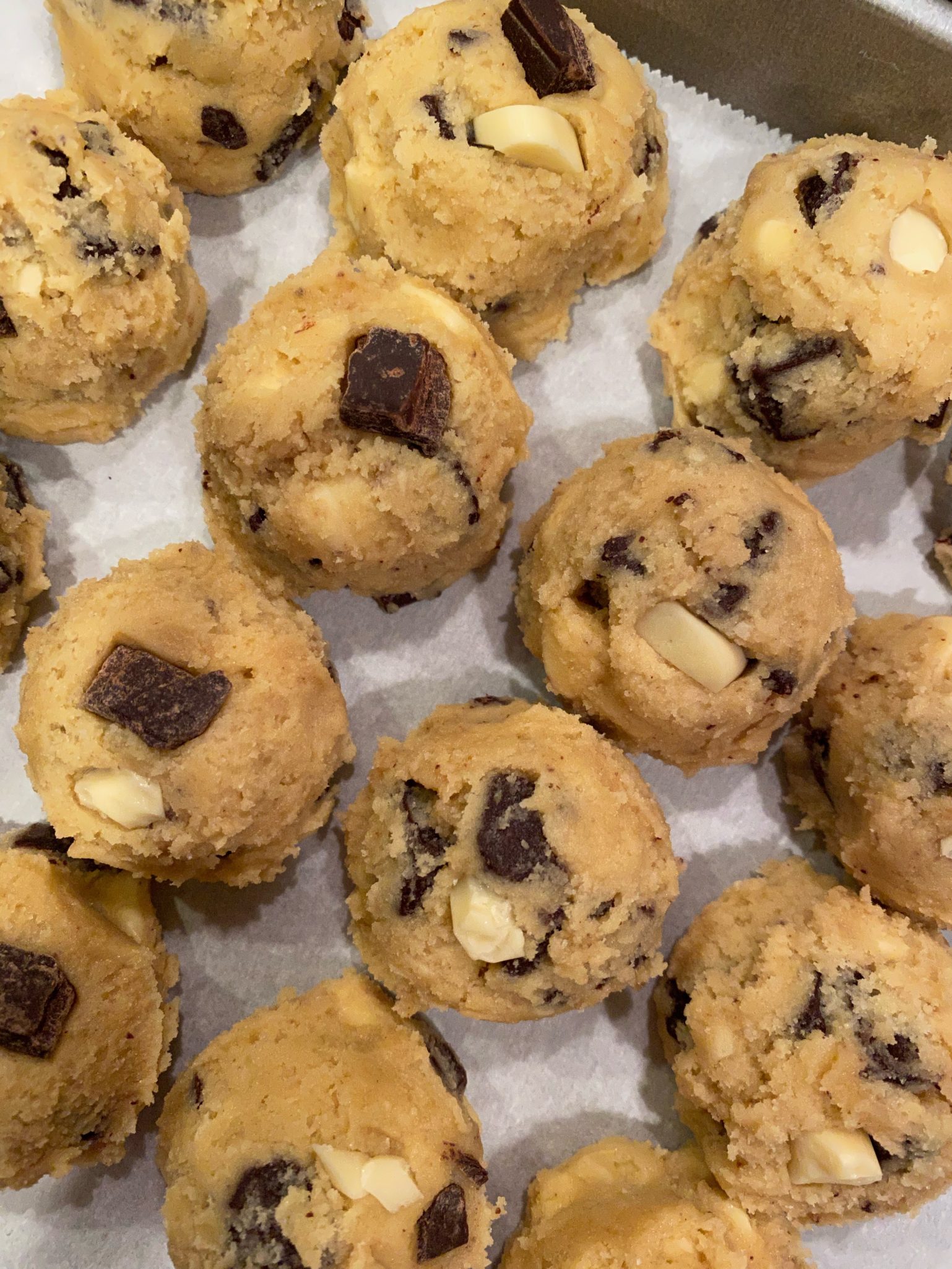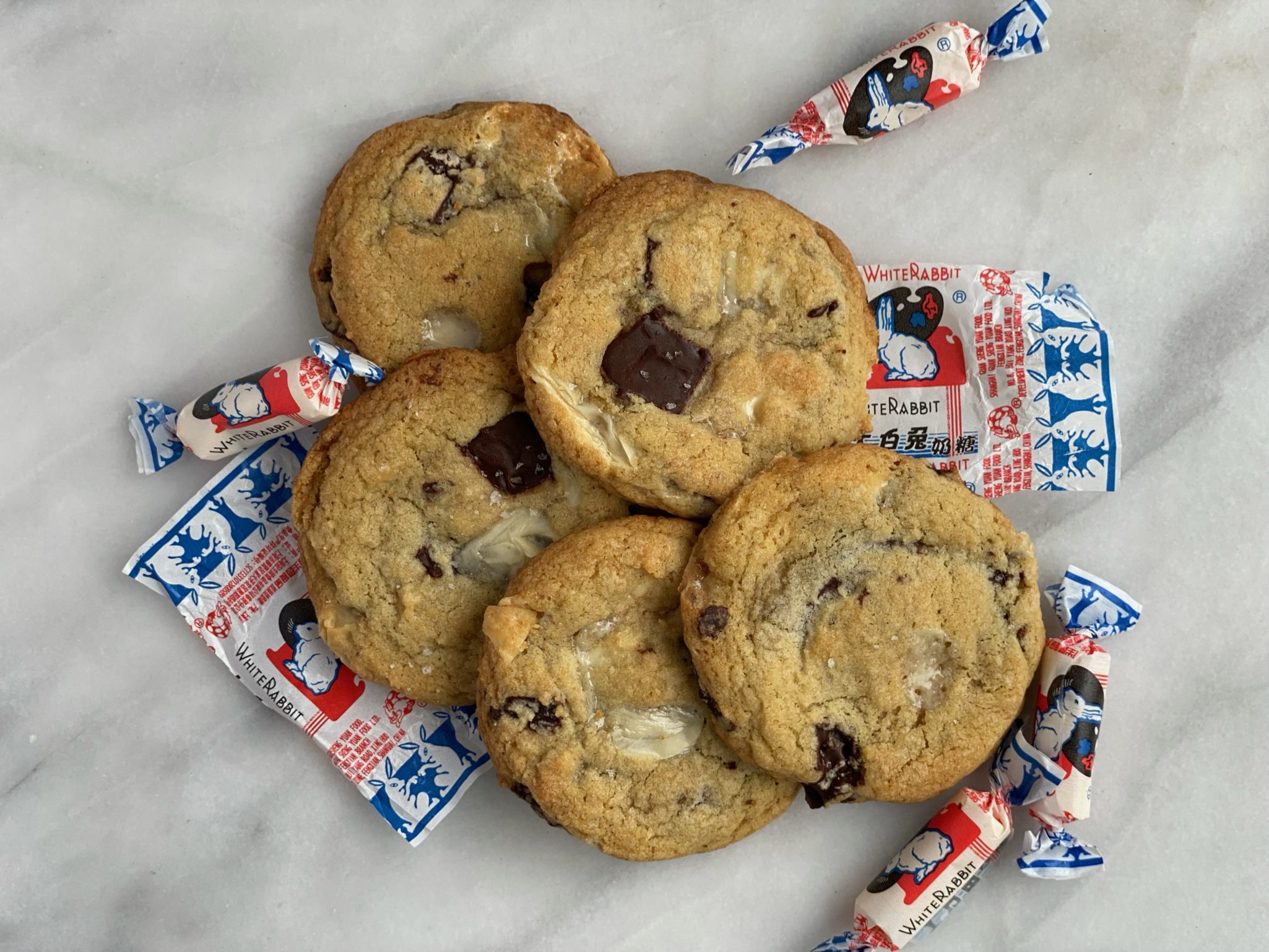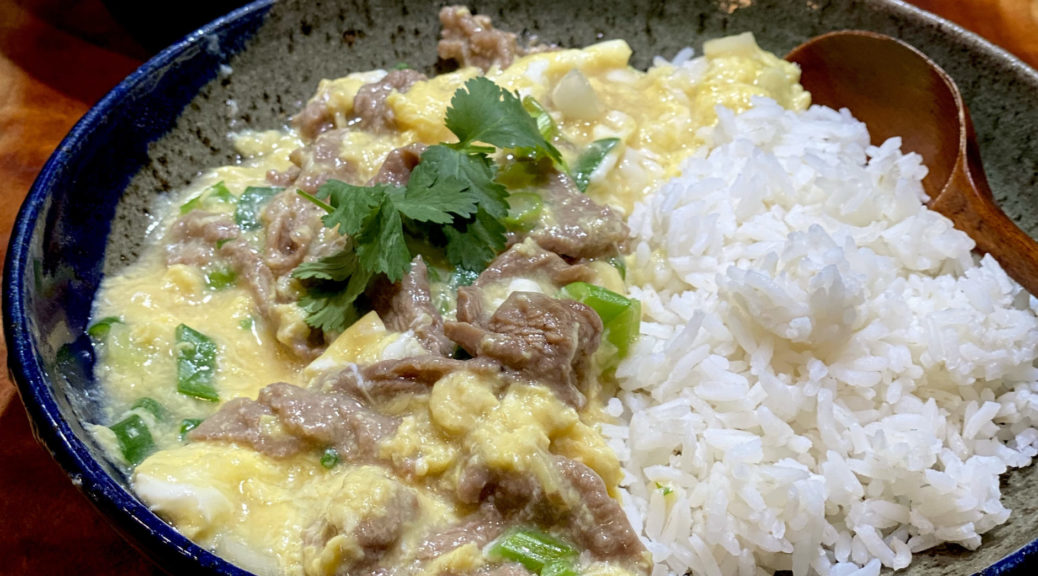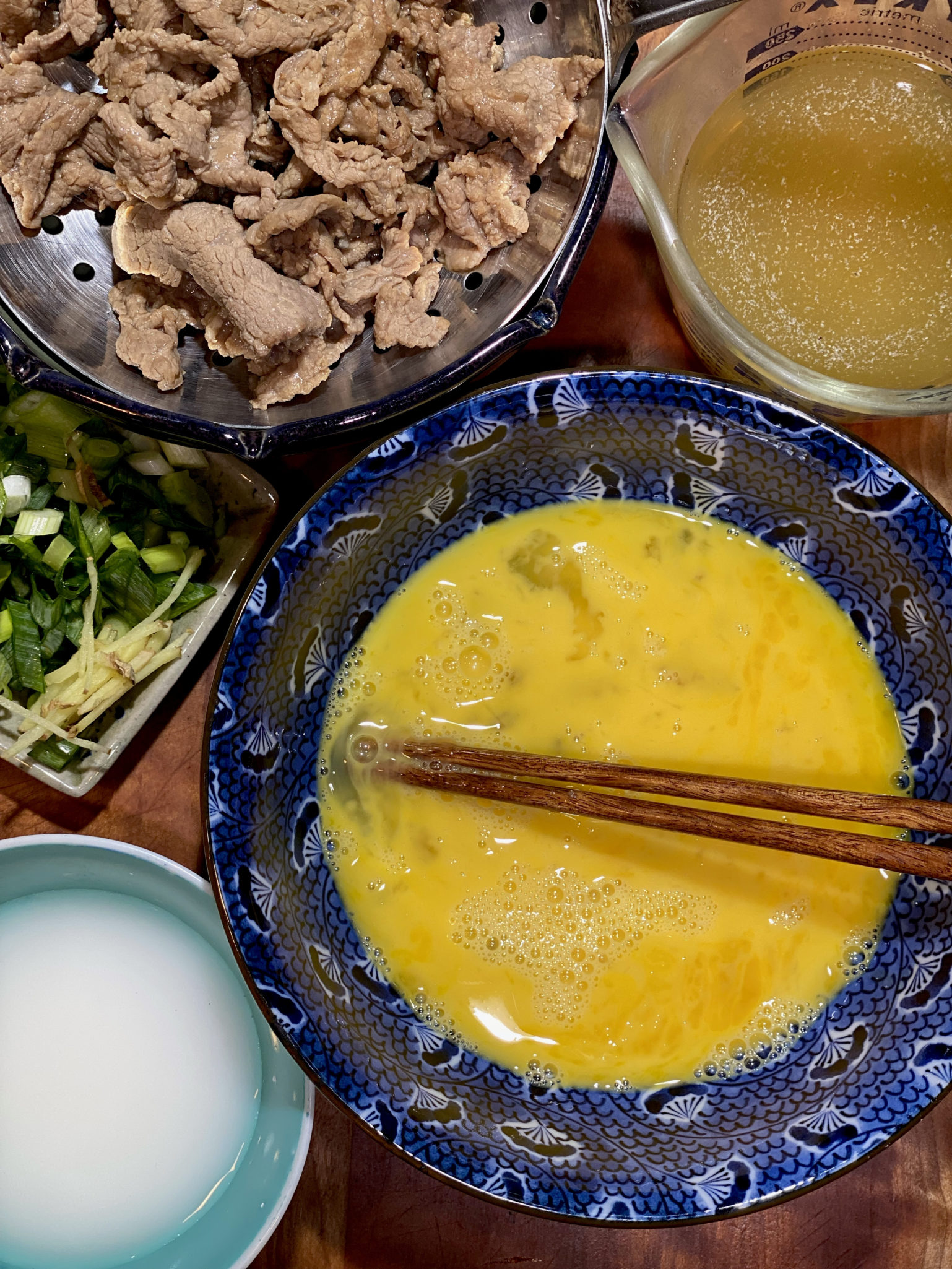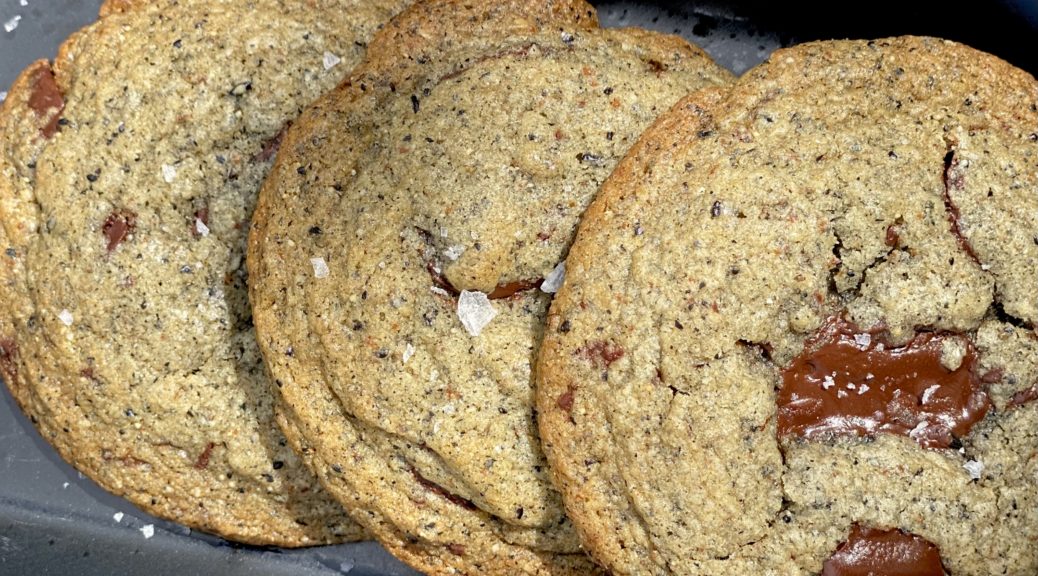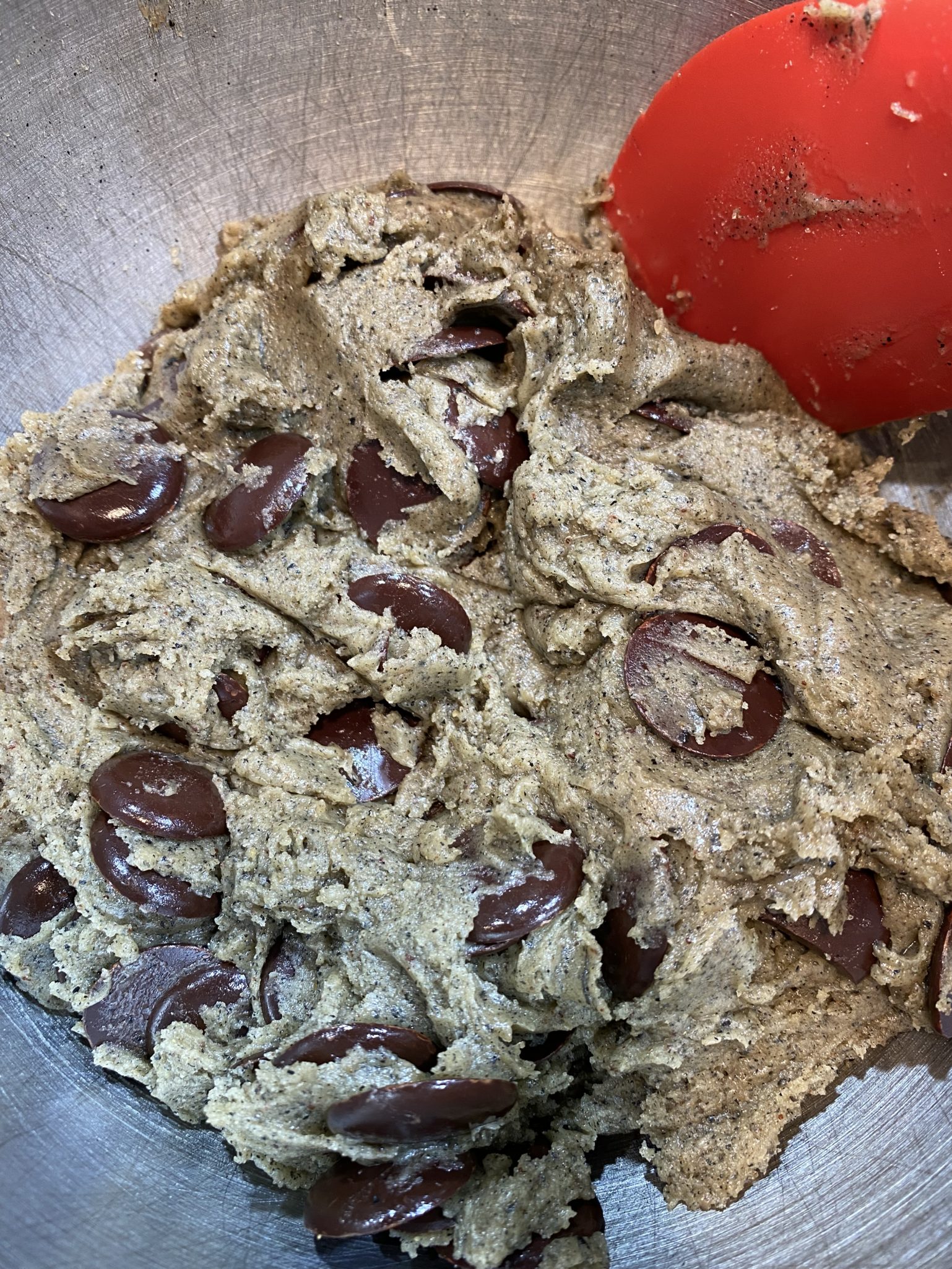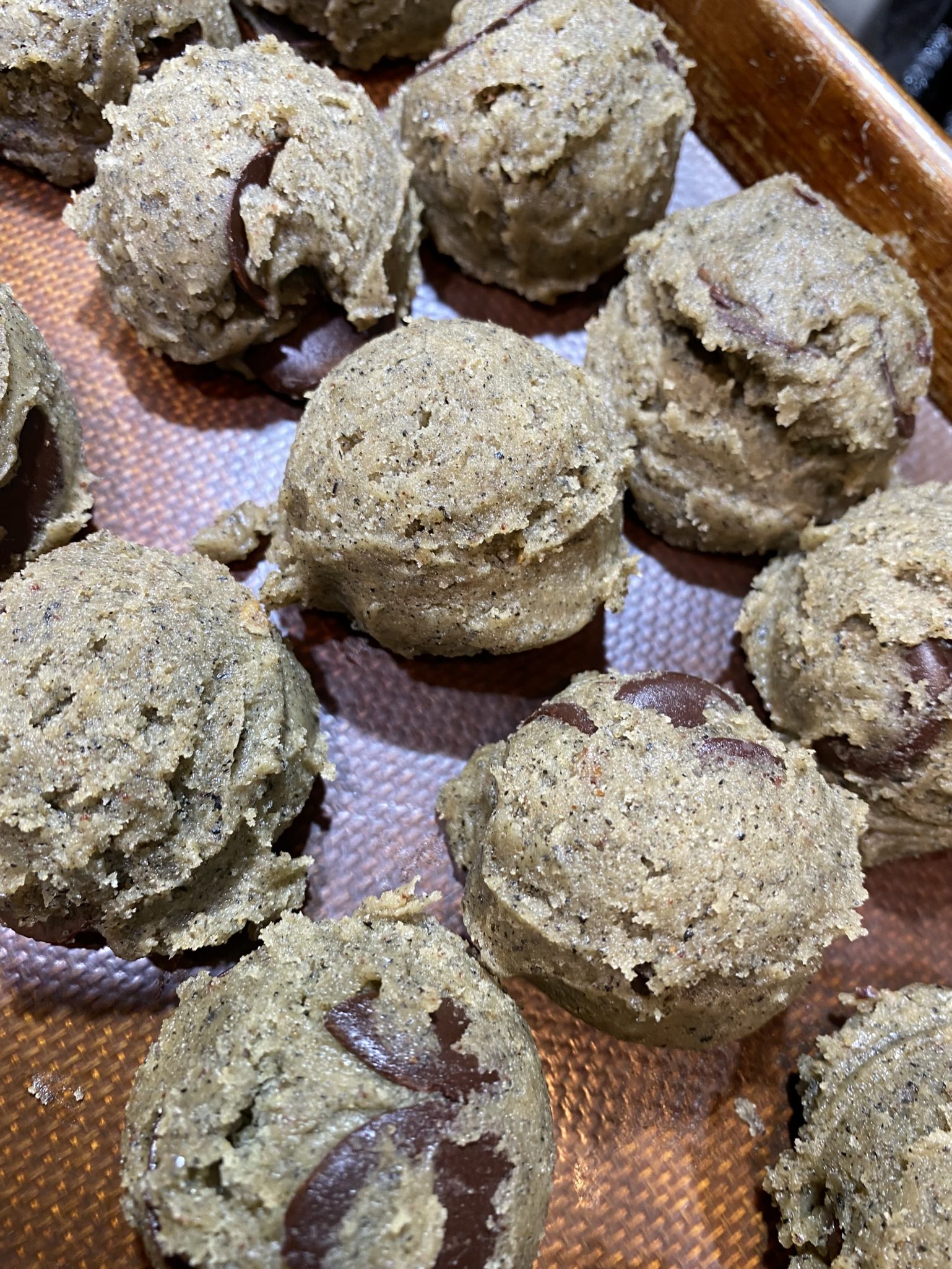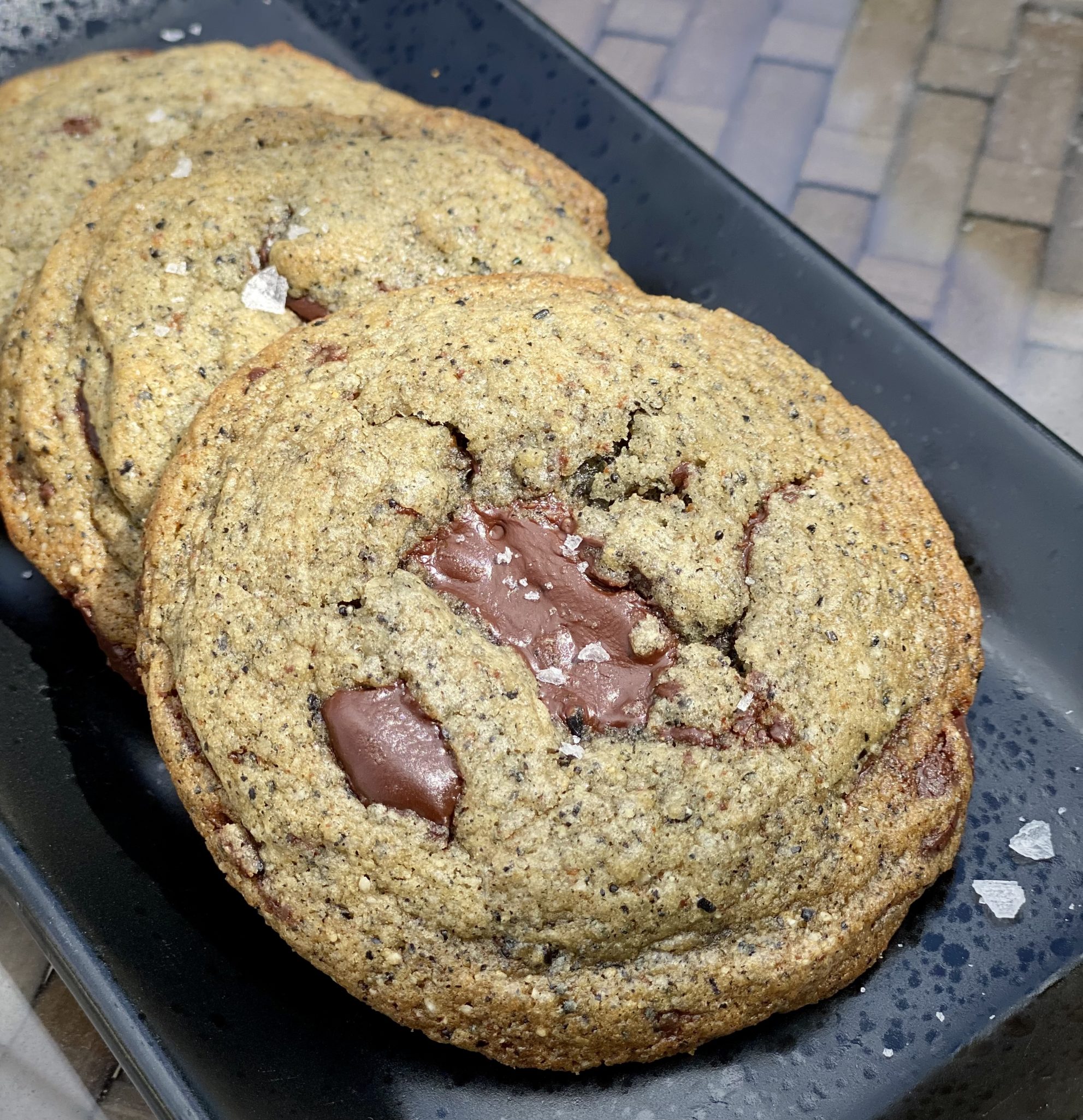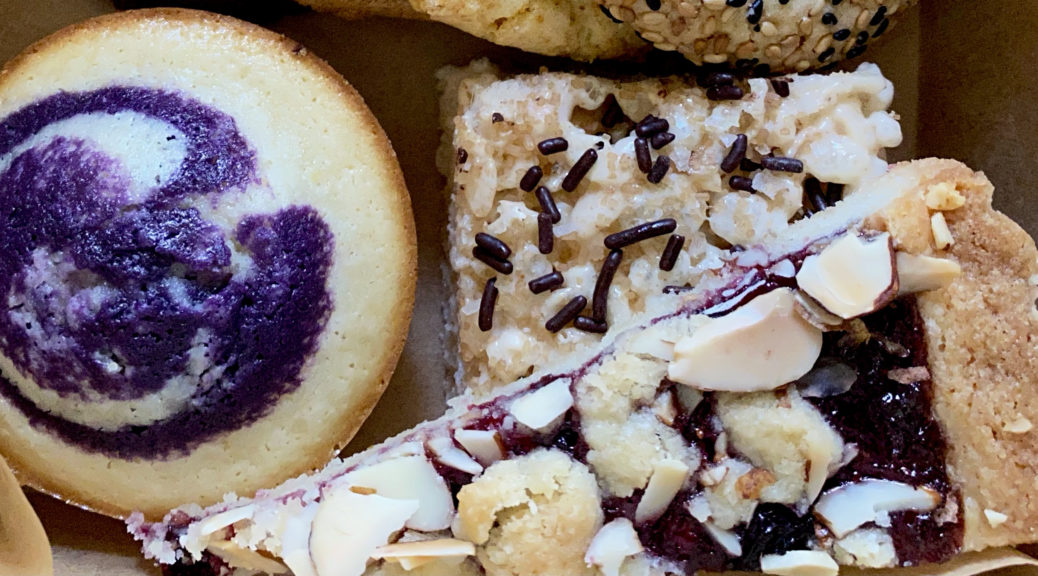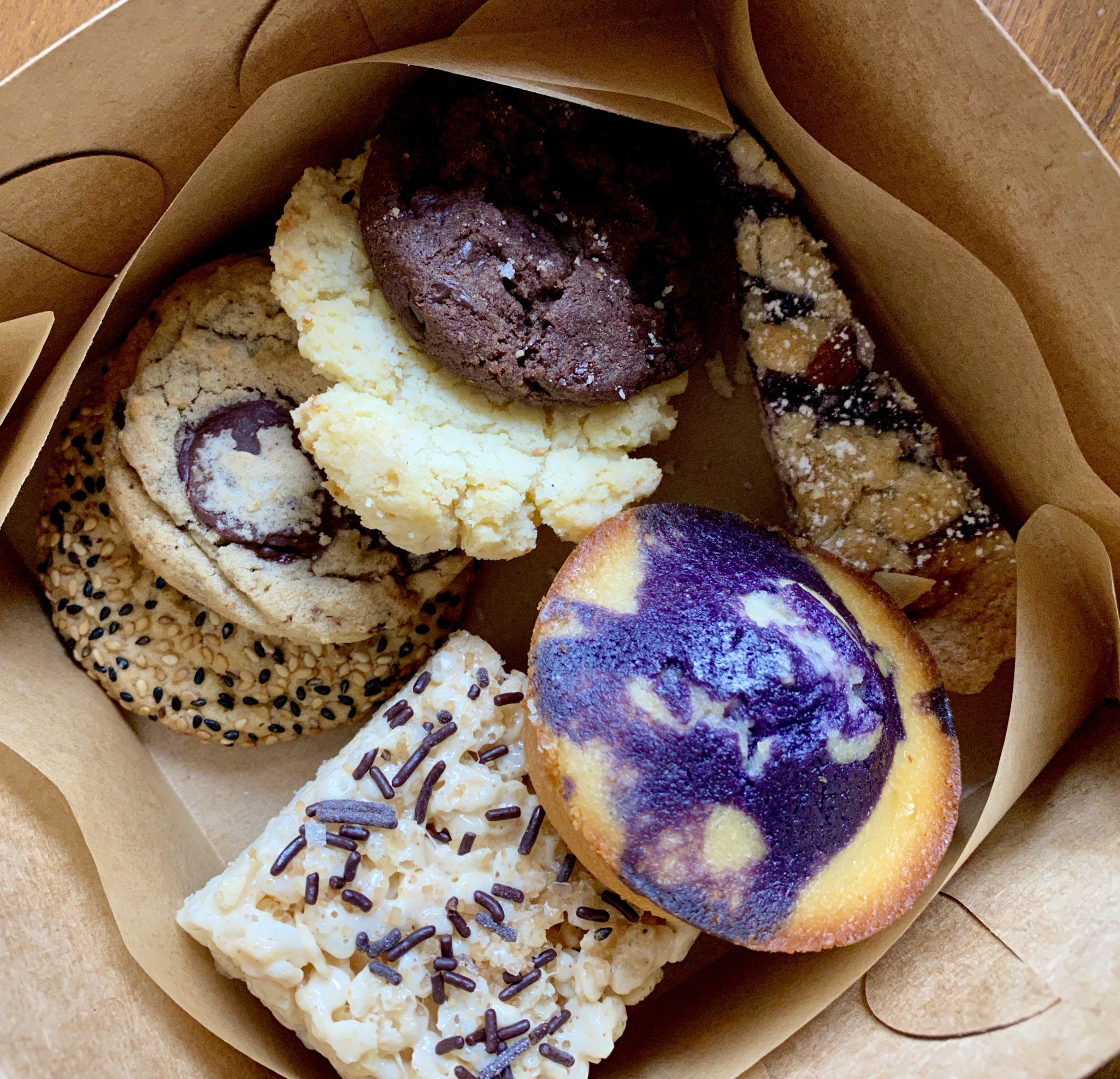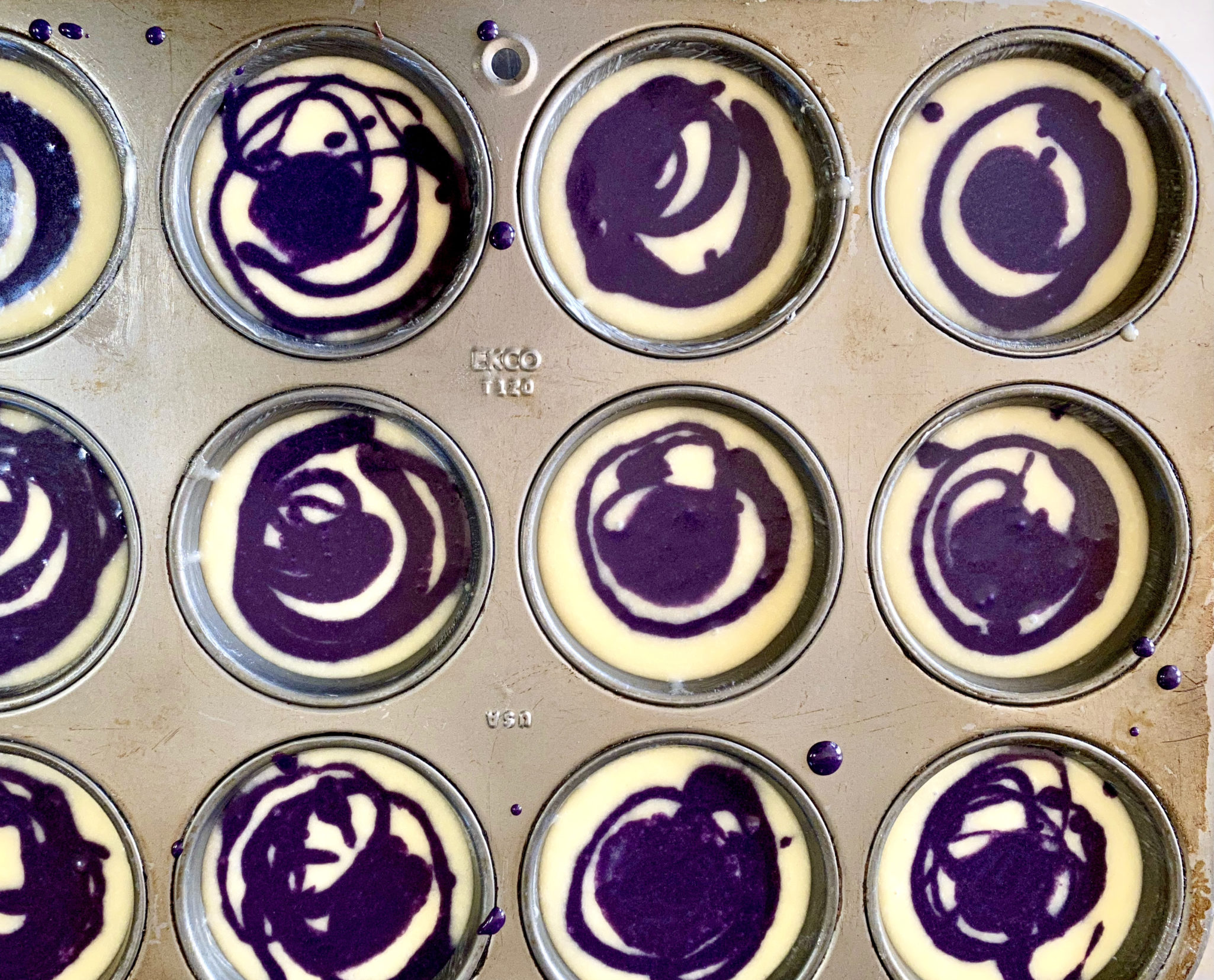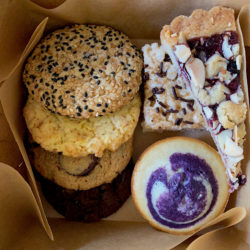
Muffins de Mochi con Misugaru
You might be wondering why this post is named Muffins de Mochi con Misugaru.
WELL, let me tell you why…
Apparently, I’m not supposed to use the term Mochi Muffins. It’s been trademarked.
How crazy is that?
Third Culture Bakery, out of Berkley, has trademarked mochi muffins and has been sending Cease and Desist letters to folks that have used the term mochi muffins, including small mom & pop bakeries, bloggers, Instagrammers, and AAPI-owned businesses.
The term mochi muffins, if you are Asian or Hawaiian, is pretty ubiquitous. And yet some bozo in the government granted a trademark to Third Culture Bakery in 2018. Shame on the trademark office for not doing their due diligence and shame on Third Culture for trying to trademark a term that is descriptive for a product they did not invent. Y’all, folks have been making mochi muffins, donuts, and cakes long before they came into existence.
The Happy Ending
It took a little while for me to post these mochi muffins and in the interim much has happened! After more bad press and focus on the story, Third Culture Bakery re-examined its stand and relinquished the trademark. Yay! Score one for the little guys and Subtle Asian Baking, a FB group that brought to light the trademark issue. So now I can go back to using Mochi Muffins!
Best of Both Worlds
I love how Asian American pastry chefs have been blending Asian ingredients with French techniques and visa versa. Croissants filled with Chinese BBQ pork or mochi, custard flavored pandan, ube snickerdoodles, I could go on and on.
So my contribution? A riff on Butter Mochi Muffins. I added Misugaru Powder and oat milk (instead of regular milk) to my butter mochi muffins and SHAZAAM, we have a winner.
Misugaru Powder is a Korean multigrain drink that includes different grains, rice, and beans like sweet rice, brown rice, oats, azuki beans, and sesame seeds. You can find Misugaru at any Korean store or online. Mixed with milk or water it is a drink with a sweet, nutty, malty flavor. Kind of like Carnation Instant Breakfast, but tastier and healthier. I found various recipes using the powder in cookies and breads and thought, why not?

For the uninitiated, mochi is glutinous rice flour also known as sweet rice flour. “Stuff” made with sweet rice flour has a wonderfully chewy, elastic texture, think dense but still soft marshmallows. My first post on Mochi Muffins is by far the most popular post on 3jamigos. A staple in Asian and Hawaiian desserts, it was only a matter of time, before it would make its way into mainstream American desserts like muffins, donuts, and brownies. Besides being delicious and texturally so intriguing, mochi desserts are gluten-free! Win-win.
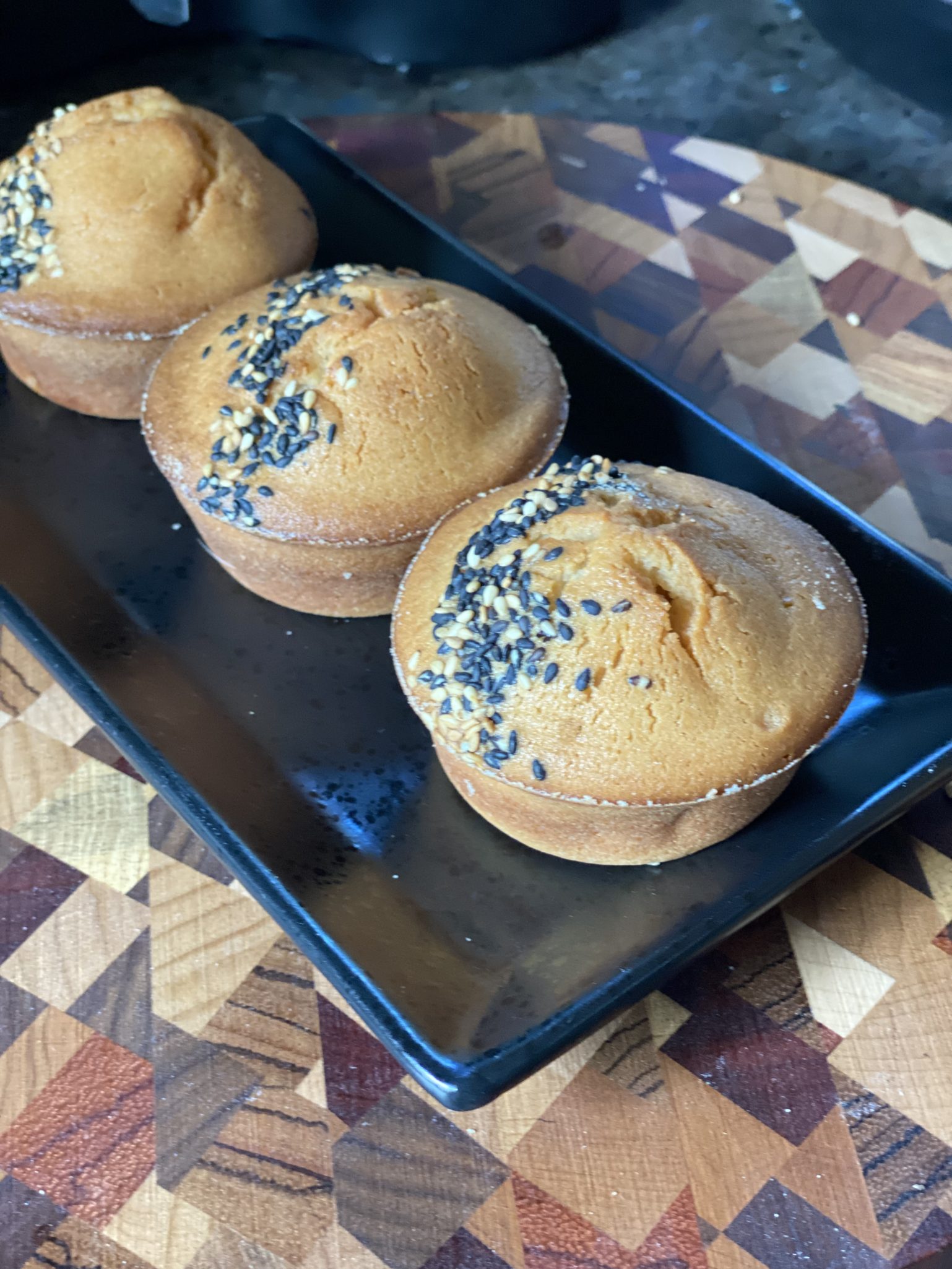
Notes on Making Mochi Muffins
Sweet Rice Flour: There are different mochi flours available. Mochiko by Koda Farms is probably the most widely available and works for almost all recipes. Asian stores will carry Thai and Korean Sweet Rice Flour in addition to Mochiko.
Milk: Regular or 2% milk can be used in place of the oat milk. Skip the skim. For Coconut milk, use full fat if possible. My go-to brands are Arroy-D, Chaokoh, and Trader Joe’s (super convenient).
Butter the muffin tins generously, and use regular rice flour (not the mochi flour) to prep the pans. If you don’t have any, skip the flour and just butter the pan.
I played with the baking temp to see if I could minimize the pointy top. I lowered the temperature to 360 degrees on a subsequent batch and it did seem less domed. This is appearance preference, the muffins tasted the same.
Misugaru Mochi Muffins
Ingredients
The Wet Stuff
- 1/4 Cup Unsalted butter 55gm
- 3/4 Cup Coconut milk 170gm
- 1 Cup Oat Milk 240gm, You can use reg 2% milk, do not use skim
- 2 Large Eggs
The Dry Stuff
- 1-3/4 Cup Glutinous rice flour 225gm
- 2 tbsp Misugaru powder
- 1 Cup Granulated sugar 200gm
- 1 tsp Baking powder
- 1/4 tsp salt If not using sprinkling salt, increase this to 1/2 tsp
Wrapping it up
- Butter for muffin tin
- Fleur de Sel or Maldon Flake Salt to sprinkle
- Shredded coconut, sweetened or unsweetened for garnish, optional
- Black and white sesame seeds for garnish, optional
Instructions
- Preheat the oven to 375 degrees
- Brush the cupcake tins liberally with butter and dust with regular rice flour
- Combine coconut milk and butter in a microwavable bowl, nuke for 1 minute on full power
- Remove and add milk or oat milk and eggs. Whisk until combined.
- In a medium-sized bowl combine the glutinous rice flour, sugar, salt, Misugaru powder and baking powder.
- Add dry ingredients to wet ingredients and stir until smooth. Use a spoon or spatula instead of a whisk to minimize bubbles. The batter will be the consistency of pancake batter.
- Pour the batter evenly into a 12-cup muffin tin. Tap gently on a counter to remove air bubbles. You will have enough batter to fill each cup 7/8 full.
- Top with black and white sesame seeds or coconut flakes if you like, and sprinkle with Fleur de Sel or any flaked salt, bake for 40-45 minutes, or until golden brown center and dark brown edge.
- Remove from oven and let sit for 10 minutes in tin, then remove to cookie rack. Allow muffins to cool completely.
- Muffins will keep at room temp for 2-3 days. They can be frozen for longer storage.
